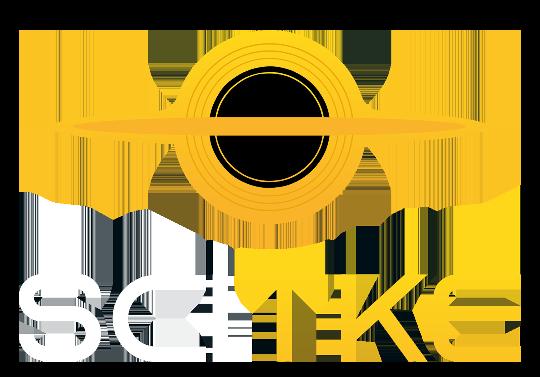Big Bang May Not Have Been the Beginning of Everything, New Theory Suggests









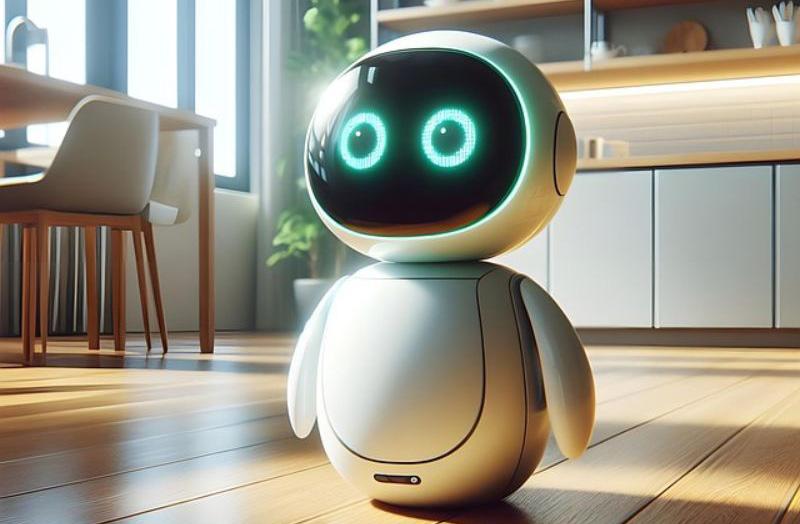
▶ Credit: Pixabay
Edith Cowan University (ECU) researchers are developing a new method to help machines better recognize human facial expressions and become more emotionally aware.
“As digital systems like virtual assistants and wellness apps interact more with people, it’s crucial they understand human emotions,” said ECU Ph.D. student Sharjeel Tahir.
A More Human Approach to Emotion Recognition
Rather than using single images to train systems to detect emotions, the team—led by ECU senior lecturer and AI expert Dr. Syed Afaq Shah—adopted a more human-like method: presenting sets of related facial expressions to give machines a wider emotional context.
“Just as we don’t judge someone’s emotions from a single glance, our approach analyzes multiple expressions to

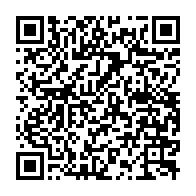
make more accurate predictions,” Tahir said. “It helps machines better understand emotions, even when faces appear at different angles or in varied lighting.”
Though not applied to physical robots, the research could shape the development of emotionally aware systems in areas like mental health support, customer service, and interactive learning.
Building Machines That Truly Understand Faces
“We’re building a foundation for machines that truly understand faces— not just see them,” Tahir added.
Co-author and Ph.D. student Nima Mirnateghi noted that their method provides rich visual context, boosting emotion recognition accuracy while remaining computationally efficient. The findings were published in the 2024 International Conference on Digital Image Computing: Techniques and Applications
(DICTA).
“By training the model with diverse features in an organized set, we found it could recognize emotional patterns much more effectively,” he said.
Guided by Dr. Shah, Tahir is now focusing on developing artificial empathy in AI agents, enabling them to respond appropriately to human emotions.
“There’s a growing demand for emotional support, and emotionally intelligent machines or robots could help meet that need,” Tahir noted.
Mirnateghi added that the research not only advanced AI’s ability to recognize emotions but also encouraged a deeper investigation into how AI models make decisions.
“Our research group is now concentrating on explainable AI in language models, aiming to reveal the complex processes behind how artificial agents recognize and interpret patterns,” he said.
“By increasing transparency, we hope to design AI systems that are easier for humans to understand—narrowing the divide between sophisticated algorithms and human insight. One key question we’re exploring is: what truly makes a machine emotionally intelligent?”
Not long ago, the iconic Stig was seen flying around the Dunsfold Aerodrome behind the wheel of the Praga Bohema on Top Gear. The famously mysterious driver—revealed in this case to be Ben Collins—was once again at the center of attention, smashing previous lap times and even surpassing his own records.
This time, Collins took on the challenge with the Praga Bohema, a lightweight supercar that, despite producing far less power than today’s hybrid hypercars, delivered a jaw-dropping performance. The car itself proved to be the real hero.
First revealed in 2022, the Bohema has steadily built momentum, with customer deliveries beginning in late 2023. Praga is set to hand over more units during the upcoming Goodwood Festival of Speed. The recent lap record only adds more prestige to its résumé.
So, what’s the big number? The Praga Bohema clocked a blistering 1:09.8 at the former Top Gear test circuit—just a fraction behind the Aston Martin Valkyrie’s hybrid-powered record of 1:09.6, which boasts
over 1,100 horsepower.
out of carbon fiber and equipped it with extreme aerodynamic detailing. They sourced its

▶ Credit: Praga
“I expected the Bohema to be quick, but Dunsfold’s tight layout doesn’t exactly favor a car built around aerodynamic grip,” said Collins. “This performance proves what’s possible when you combine ultra-light construction, sophisticated aerodynamics, and raw combustion power—even when stacked against established hybrid monsters.”
Collins didn’t hit the record on his first attempt. On his opening flying lap, he already beat the Ferrari 488 Pista’s 1:12.7 with a 1:12.3. He then surpassed the Ferrari SF90’s 1:11.3, eventually trimming his time down to an impressive 1:10.9. But it was on another lap that he shaved a little more, reaching the 1:09.8 milestone.
Like the Valkyrie, engineers built the Bohema almost entirely
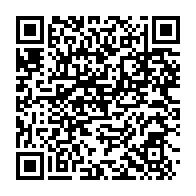
heart—a modified 3.8-liter twin-turbo V6—from the Nissan GT-R, and Litchfield fine-tuned it to deliver 700 horsepower to the rear wheels.
Although it’s street-legal, engineers designed the Bohema with the racetrack in mind. Its advanced suspension setup and carbon-ceramic brakes ensure it handles like a full-blown race car. Engineers built it to impress, giving it 900 kg (1,984 lbs) of downforce at 250 km/h (155 mph) and a 0–100 km/h (0–62 mph) time under three seconds.
The Dunsfold Aerodrome served as Top Gear’s home circuit from 2002 to 2020, and has been the scene for countless epic laps. Until recently, the Ferrari SF90 Stradale held the combustion-based record there, with a time of 1:11.3.
Following closely behind were the Ferrari 488 Pista, Dallara Stradale,
Porsche 911 GT2 RS, and McLaren 675LT. The Koenigsegg Jesko Attack eventually outpaced the SF90 with a 1:10.9 lap time, followed by the Aston Martin Valkyrie, which set an even faster time of 1:09.6.Now, the Praga Bohema slots in between them at 1:09.8.
During the Top Gear TV era, the show’s producers typically limited the Stig to just one lap to set a time.In contrast, Collins had the advantage of multiple laps in the Bohema, allowing him to push the car to its limits with more confidence.
He even gave YouTuber Misha Charoudin a ride just days before the record attempt. Weather and track conditions also play a role, so comparisons aren’t always apples to apples—but the Bohema’s feat remains impressive nonetheless.
Praga, a Czech brand with roots stretching back to 1907, was reborn in 2011 with ambitions to build elite supercars. Praga handcrafts every Bohema in the Czech Republic, and although the company initially planned to produce only 89 units, overwhelming interest might prompt it to revise that number.
A cutting-edge treat-
ment aimed at combating some of the most aggressive forms of stomach cancer has shown encouraging results in a phase 2 clinical trial, offering significant tumor reduction and extended survival times.
The approach uses a type of CAR T cell immunotherapy, in which a patient’s own immune cells are collected, genetically modified to better recognize and attack cancer, and then reintroduced into the body.
Known as satricabtagene autoleucel, or satri-cel, this particular therapy targets a tumor-associated protein called CLDN18.2, which some cancers use to grow. In the study, patients receiving satri-cel lived, on average, 40% longer than those on conventional treatments.
Researchers across multiple institutions in China found additional benefits: those treated with satri-cel experienced greater tumor shrinkage and slower disease progression compared to patients who received standard therapies.
The trial included 156 patients with either gastric cancer or gastroesophageal junction cancer, all of whom had already tried and failed at least two prior treatments— making them individuals with very limited remainPage.
ing options.
previously had no viable
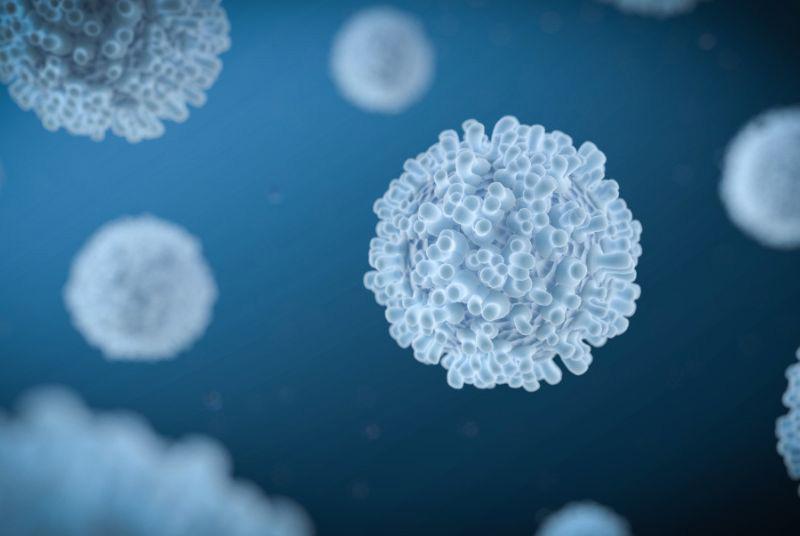
▶ Credit: Artur Plawgo_Science Photo Library_Getty Images via sciencealert.com
“In patients with advanced gastric or gastroesophageal junction cancer who have exhausted most available treatments and face poor outcomes, satri-cel has delivered remarkable clinical results,” said oncologist Lin Shen of Beijing Cancer Hospital. “We observed significant improvements in progression-free survival, overall survival, and tumor response.”
Patients treated with satri-cel had a median survival of 7.92 months, compared to 5.49 months in the control group. Additionally, 22% of satri-cel recipients showed substantial tumor reduction, compared to only 4% in the group receiving standard care.
The time before cancer progressed was also extended: 3.25 months on average for satri-cel patients versus 1.77 months for others—clear indications that the therapy has strong potential.
“This offers a new sense of hope to patients who
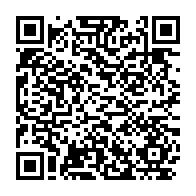
treatment options,” Shen added.
That said, the treatment isn’t without drawbacks. Nearly all participants receiving satri-cel experienced serious side effects, particularly reductions in blood cell counts. However, researchers noted that these effects were generally manageable.
CAR T cell therapy has already shown success in treating blood cancers, and promising results are now emerging for solid tumors—including brain and pancreatic cancers. Based on this trial, gastrointestinal cancers may soon join that list.
These findings contribute to a growing body of evidence that cancer therapies are becoming more precise and more effective, especially when targeting solid tumors. In recent years, scientists have discovered new ways not only to eliminate cancer cells but, in some cases, to
revert them to healthy states.
It’s important to note, though, that this is not yet a cure. Instead, the treatment enhances the immune system’s ability to control and slow down the growth of cancer.
We’re now investigating satri-cel’s use earlier in the treatment process, including as an adjuvant and in first-line therapies,” said Shen. “Our goal is to intervene sooner, extend patient survival, and ultimately work toward a cure.
ergy, even a 0.1% boost in efficiency is considered a big deal. Now imagine surpassing what was long believed to be the absolute theoretical ceiling—by more than a full percentage point. That’s exactly what Longi accomplished with its latest silicon–perovskite tandem cell, certified by the prestigious U.S. National Renewable Energy Laboratory (NREL). The achievement marks not just a new world record, but a major milestone in the evolution of photovoltaic science.
The secret lies in a carefully engineered blend of materials, including lithium fluoride, a molecule known as ethylenediammonium diiodide (EDAI),

▶ Credit: Futuroprossimo
Chinese solar giant Longi has shattered expectations with a new tandem solar cell that achieves a record-breaking 34.85% efficiency—thanks to an innovative fusion of perovskite and silicon technologies.
In the world of solar en-
and an asymmetrically textured silicon surface. Sound technical? Let’s simplify.
For decades, the Shockley–Queisser limit of 33.7% was regarded as an almost unbreakable
wall for single-junction solar cells—a theoretical boundary set back in the 1960s. It became the “Holy Grail” of solar efficiency.
Now, Longi has gone beyond it—achieving a 34.85% conversion rate. In solar terms, that’s the equivalent of shaving half a second off a world record sprint. And the trick? Combining conventional silicon—the base of 95% of today’s solar panels—with perovskite, a newer material with extraordinary light-absorbing properties.
Material Innovation: The Real Magic
The breakthrough lies in the layered cell structure. Longi’s engineers enhanced both the hole-blocking (positive charge carriers) and electron transport processes by integrating ultra-thin layers of LiF and EDAI.
Think of it as designing a perfectly paved expressway for electrical particles: EDAI patches areas where LiF alone wouldn’t be effective, resulting in smooth, efficient charge movement throughout the cell.
Perhaps most impressively, Longi addressed one of the trickiest challenges in tandem cell design—how to connect different materials efficiently. Their asymmetrically textured silicon surface provides an elegant solution, improving light capture and interface quality simultaneously.
A Company Built on
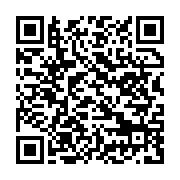
This isn’t Longi’s first leap forward. The company has consistently pushed the limits of solar performance. In November 2023, it reached 33.9% efficiency. By June 2024, it climbed to 34.6%. Now, with this latest result, the trajectory is clearly upward.
And their innovation doesn’t stop with tandem cells. Longi also set a new benchmark with a silicon cell using Heterojunction Interdigitated Back Contact (HIBC) technology, reaching an impressive 27.81% efficiency—outstanding for a monocrystalline silicon cell.
So, why does this matter to the rest of us? Higher efficiency means more energy harvested from the same area, making solar installations more powerful and cost-effective. It could accelerate the shift toward renewable energy in both residential and commercial sectors.
We may be standing at the edge of a new era in solar technology. When companies like Longi defy once-untouchable limits, they unlock possibilities we hadn’t even imagined.
One day, the Shockley–Queisser limit may be remembered not as a barrier, but as a stepping stone—something that inspired a new generation of scientific break-
throughs and cleaner energy for all.
its star in the early stages of the system’s development.
The Smoking Gun: Vaporized Rock in the Atmosphere
What provided the evidence? Clouds of silicon

Tiny remnants from a young star’s birth— grains of rock and dust— played a key role in the formation of one of the most bizarre and extreme exoplanets we’ve ever discovered.
This planet, named Tylos (also known as WASP121b), is no stranger to the spotlight. Located about 880 light-years away, it orbits so close to its host star that its skies are filled with vaporized metals—a true inferno of a world.
Now, new insights reveal that this fascinating gas giant, one of the most thoroughly observed in our galaxy, likely emerged from the swirling debris surrounding
monoxide—essentially vaporized rock. Using data from the James Webb Space Telescope (JWST), astronomers also identified water vapor, carbon monoxide, and methane in the planet’s atmosphere.
“The ratios of carbon, oxygen, and silicon help us trace the planet’s formation history and the materials that built it,” says Thomas Evans-Soma, an astronomer at the University of Newcastle in Australia and lead author of the new study.
Tylos is about 1.75 times wider than Jupiter but only slightly more massive, orbiting its star, Dilmun, at an incredible pace—completing a full orbit in just 30 hours. The proximity to its star
causes the planet’s atmosphere to balloon and gradually evaporate under the intense heat.
Because Tylos passes directly in front of its star from our point of view, it’s perfectly positioned for atmospheric analysis. When starlight filters through its inflated atmosphere, certain molecules absorb specific wavelengths, leaving behind detectable signatures that researchers can decode to determine the planet’s chemical composition.
Tylos belongs to a class of exoplanets called hot Jupiters—gas giants that orbit dangerously close to their stars. But how they got there remains a puzzle. These planets likely didn’t form so close, since the extreme radiation would prevent gas accumulation. The prevailing theory is that they formed farther out and then migrated inward.
The first-ever detection of silicon monoxide in an exoplanet atmosphere came in 2022. It’s a rare and challenging molecule to observe.
In Tylos, however, the unique blend of atmospheric chemicals gave researchers the clues they needed to trace the planet’s origins.
Stars form from dense clouds of gas and dust, with surrounding material flattening into a disk that feeds the young star. When the star becomes strong enough, its winds blow away re-
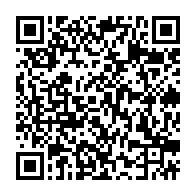
maining material. What’s left condenses into pebbles and ice grains, slowly forming planets.
Closer to the star, ice turns to gas—a boundary known as the snow line. Each type of ice vaporizes at a different distance, depending on the star’s heat.
By analyzing the molecular ratios in Tylos’ atmosphere, the researchers determined that the planet likely formed in a region where methane existed as a gas, but water remained frozen. In our own Solar System, that corresponds to the zone between Jupiter and Uranus. Given that Dilmun is hotter than the Sun, Tylos must have originated even farther out before spiraling inward.
This journey offers strong support for the idea that hot Jupiters migrate after forming in colder regions.
However, the study raised a new mystery. Methane was found in Tylos’ nightside atmosphere—the side that always faces away from the star. Methane normally breaks down under high heat, and should not be present at detectable levels even after the gas circulates from the scorching dayside.
Yet, methane was found in high quantities, high up in the nightside atmosphere. This sug-
gests a powerful process at work—likely vertical mixing, where deeper atmospheric layers rich in methane are pushed upward faster than expected.
“This discovery challenges existing models of exoplanet atmospheric dynamics,” says Evans-Soma. “Our findings suggest stronger vertical movement than we thought possible.”
Despite being one of the most intensely studied exoplanets among the nearly 6,000 discovered so far, Tylos continues to surprise—and deepen our understanding of how extreme planetary systems form and evolve throughout the Milky Way.
rise to the Universe – a singular point where space, time, and matter came into existence.
But what if that wasn’t truly the beginning? What if our Universe originated from something that came before –something both familiar and revolutionary?
In a recent study published in Physical Review D, my colleagues and I present a bold alternative. Our calculations suggest that the Big Bang may not have marked the start of everything, but was instead the result of a gravitational collapse – similar to what creates a black hole – followed by a kind of bounce within it.
This hypothesis, which we call the “black hole universe,” presents a new perspective on the cosmos’s origin, yet it is entirely grounded in

established physics and observations.
The Big Bang is often described as the explosive moment that gave
The standard cosmological model, which com-
bines the Big Bang with the theory of cosmic inflation (a rapid expansion in the Universe’s earliest moments), has been remarkably effective in explaining the structure and evolution of the cosmos. Still, it leaves some foundational questions unanswered.
For instance, the model begins with a singularity – a point of infinite density where the laws of physics break down. This isn’t merely a technical issue; it reveals a fundamental gap in our understanding of the Universe’s beginning.
To explain certain features of the cosmos, scientists introduced inflation – driven by an unknown and exotic field – and, later, dark energy to account for the Universe’s current accelerated expansion. In essence, the model works but relies on unverified elements.
And yet, the most basic questions linger: where did everything come from? Why did it start this way? Why is the Universe so smooth, vast, and flat?
Our new model approaches these questions from a different angle – by looking inward rather than just outward. Instead of starting with an expanding Universe and trying to rewind the clock, we analyze what happens when an extremely dense concentration of matter collapses under gravity.
This process is familiar:
it leads to the formation of black holes – objects that are already well-understood in physics. But what lies inside a black hole, beyond the event horizon, remains unknown.
In 1965, British physicist Roger Penrose showed that, under very general conditions, gravitational collapse inevitably results in a singularity. This idea, later expanded by Stephen Hawking and others, supports the notion that such singularities are unavoidable. Penrose’s work earned him the 2020 Nobel Prize in Physics and inspired Hawking’s bestseller A Brief History of Time. However, there’s an important caveat. These theorems rely on classical physics, which describes large-scale phenomena. When we include the effects of quantum mechanics –essential under extreme densities – the picture may shift.
In our study, we demonstrate that gravitational collapse does not necessarily end in a singularity. We provide an exact mathematical solution, with no approximations, showing how, as the collapse approaches the supposed singularity, the size of the Universe changes as a hyperbolic function of cosmic time. This solution reveals how a collapsing cloud of matter can reach a high-density state and then bounce, reversing into a new phase of ex-
pansion.
But how can this be, if Penrose’s theorems don’t allow it? The key lies in the quantum exclusion principle, which says that no two identical fermions (a type of particle) can occupy the same quantum state.
We show that this principle prevents matter from being compressed indefinitely. As a result, the collapse halts and reverses. The bounce is not only possible – it becomes inevitable under the right conditions.
Crucially, this reversal happens entirely within the framework of general relativity, which governs large-scale structures like stars and galaxies, combined with basic quantum principles – without the need for speculative physics, exotic fields, or extra dimensions.
What emerges on the other side of the bounce is a universe strikingly similar to our own. Even more intriguingly, this bounce naturally gives rise to two distinct phases of accelerated expansion – the early inflation and the current expansion driven by dark energy – not through hypothetical fields, but from the bounce’s own dynamics.
One of the strengths of this model is that it makes testable predictions. It forecasts a small but positive spatial curvature – meaning the
Universe isn’t perfectly flat but slightly curved, like the Earth’s surface. This curvature would be a leftover trace from the initial over-density that caused the collapse. If future observations, such as those from the Euclid mission, detect this slight curvature, it would strongly support the idea that our Universe emerged from a gravitational bounce.
The model also predicts the current rate of cosmic expansion – which observations have already confirmed – and may help scientists gain insights into other unresolved questions in cosmology, such as how supermassive black holes form, the nature of dark matter, and how galaxies develop hierarchically.
Future missions like Arrakhis are expected to further explore these issues by studying faint structures such as stellar halos and satellite galaxies – components that are difficult to detect from Earth but crucial for understanding dark matter and galaxy evolution.
These phenomena may also be linked to compact relics – like black holes – that formed during the collapsing phase and survived the bounce.
A new cosmic perspective
The “black hole universe” model also offers a new way to view our Page.
place in the cosmos.In this framework, a larger “parent” universe forms a black hole whose interior contains our entire observable Universe.
This implies that we’re not in a special or central position – much like the Earth wasn’t the center of the Universe in the geocentric model that Galileo famously challenged in the 17th century.
Rather than witnessing the birth of everything from nothing, we might be observing the continuation of a cosmic cycle – one shaped by gravity, quantum mechanics, and their deep interconnection.
ics May Hold the Key
Take former British Prime Minister Margaret Thatcher—she famously slept only four hours a night, working late and rising early without missing a beat.
For the average person, though, that kind of routine would be a struggle. Most of us would feel sluggish, have trouble concentrating, and turn to caffeine or sugar just to get through the day.
So what explains this difference? It’s a question that’s intrigued researchers for years. Here’s what science has uncovered so far.
There’s a rare group of people known as natural short sleepers who need only four to six hours of sleep per night—and thrive on it throughout their lives.
Less Sleep Without the Consequences

▶ Credit: Pixabay
Ever wonder why some people wake up refreshed after just a few hours of sleep, while others can’t function without a full eight?
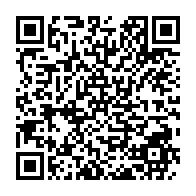
Unlike most people, they don’t feel fatigued, don’t rely on naps, and don’t experience the usual side effects of sleep deprivation. This unique ability is called
the natural short sleep phenotype—a biological trait that enables them to gain the full benefits of sleep in less time.
In 2010, scientists identified genetic mutations linked to this phenomenon. These individuals carry uncommon gene variants that appear to make their sleep more efficient.
A 2025 study highlighted a woman in her 70s with one such mutation. Despite consistently sleeping just six hours a night, she remained in excellent physical health and mentally sharp—clearly adapted to a shorter sleep cycle.
Researchers are still exploring how prevalent these gene variants are and why they develop.
But here’s the reality: most people who believe they’re natural short sleepers are actually just chronically sleep-deprived. Their limited sleep often stems from demanding work schedules, social obligations, or the mindset that less sleep equals greater productivity or toughness.
In today’s hustle culture, it’s not unusual to hear people proudly claim they get by on just a few hours of sleep. However, for the average person, this isn’t sustainable.
Over time, insufficient sleep leads to what’s known as “sleep debt”—a
cumulative toll that can cause poor focus, irritability, brief involuntary naps (micro-sleeps), decreased performance, and serious long-term health risks.
Studies have linked chronic short sleep to higher chances of obesity, diabetes, high blood pressure, and cardiovascular conditions like heart disease and stroke.
To compensate for weekday sleep loss, many people attempt to “catch up” on rest over the weekend.
This strategy can help recover some short-term sleep debt. Studies indicate that adding an extra one to two hours of sleep on weekends or taking naps when possible may ease some of the harmful effects of limited sleep.
Still, it’s not a complete solution. Weekend recovery sleep and naps don’t always fully erase accumulated sleep debt, and the effectiveness of this approach is still debated among scientists.
In fact, a recent largescale study found that weekend catch-up sleep may not counteract the cardiovascular risks tied to chronic sleep deprivation.
Additionally, major shifts in sleep patterns—like sleeping in significantly on weekends—can throw off your internal
body clock. This often makes it harder to fall asleep on Sunday night, leaving you less rested as the new workweek begins.
Growing research shows that repeated disruptions to sleep timing may have a greater impact on overall health and longevity than sleep duration alone.
In the end, while occasional catch-up sleep can provide some relief, it’s no replacement for maintaining consistent, high-quality sleep throughout the week. Still, achieving this kind of regularity can be especially tough for those with irregular schedules, such as shift workers.
Was
It’s difficult to know for sure. Some accounts suggest she may have taken naps in the back of a car between meetings, which could indicate she was actually sleep-deprived and making up for lost rest whenever possible.
Regardless of whether someone is a natural short sleeper, many other factors can influence how much sleep a person needs. Age and underlying health conditions, for instance, play a significant role.
Older adults often experience shifts in their circadian rhythms and may have more disrupted sleep due to issues like arthritis or heart disease.

Ultimately, sleep needs vary widely between individuals. While a small number of people can truly thrive on less, most of us require seven to nine hours per night to function optimally. If you find yourself routinely cutting sleep short and relying on weekends to recover, it may be time to adjust your habits. Sleep isn’t optional—it’s a biological essential.
—Kelly Sansom, Research Associate, Flinders University & Murdoch University; Peter Eastwood, Deputy Vice Chancellor, Research and Innovation, Murdoch University (via The Conversation)
can project 4K images up to 200 inches, with integrated Dolby-certified speakers for sound.
According to the company, the key innovation in the M2 Pro lies in the miniaturization of its triple-laser engine, which enabled the development of an extremely compact and lightweight design—making true 4K laser projection genuinely portable for the first time in the brand’s history.
The light source uses three separate lasers— one for each primary color (red, green, and blue)—that are merged before being projected through the lens. The device delivers up to 1,200 ANSI lumens, which suggests it performs best in

Hisense has introduced what it calls its most compact, lightweight, and portable laser projector to date. The new M2 Pro is a smart mini projector featuring RGB laser technology that
darker environments.
Powered by a 0.47-inch DMD chip, the DLP projection system delivers 4K UHD resolution (3,840 x 2,160 pixels) on screens up to 200 inches diagonally.Users must place the projector at
least 4.4 meters (14.5 feet) from the projection surface to achieve that size, using a throw ratio of 1 to 1.3:1 and taking advantage of its optical zoom capabilities.
Hisense has also packed in a variety of technologies to enhance picture quality, including a 4K upscaler, HDR enhancement, and AI-based noise reduction. Setup is made easy with features like autofocus, automatic keystone correction, and obstacle-avoidance image resizing. Additionally, the projector adjusts colors based on the wall it’s projecting on, so you don’t need a perfectly white surface.
The Dolby Vision entertainment hub boasts an impressive Delta E color accuracy of 0.9 and covers 110% of the BT.2020 color space. The native contrast ratio is 1,000:1, complemented by AI-driven dynamic contrast that enhances dark and bright areas for a more immersive experience. The model also supports HDR10+ and HLG content.
In terms of connectivity, the M2 Pro features dual-band Wi-Fi, Ethernet port, and runs the VIDAA Smart OS, providing access to popular streaming platforms like Netflix, Prime Video, and Disney+. Wireless screen mirroring is also supported. For wired connections, it includes HDMI and USB ports.
The included Bluetooth remote offers voice control as well.
The built-in audio system delivers 20 watts of power with dedicated tweeters and woofers, supporting Dolby Atmos and DTS Virtual:X for immersive sound. Gamers will appreciate the 240 Hz refresh rate (in Full HD), automatic low latency mode that brings input lag down to 12 milliseconds, and motion compensation technology.
The projector sits on a gimbal stand that allows for flexible tilt angles. Despite its relatively compact size—418 x 296 x 282 mm (16.4 x 11.6 x 11.1 in)—it does not have a built-in battery, so users will need to plan for nearby power outlets.
The M2 Pro is currently available for pre-order at US$1,299, with general availability expected later this year.
18
On Thursday, Apple announced that over 82% of supported iPhones are now using its newest mobile operating system, iOS 18 — an increase from 68% in January.
The company introduced iOS 18 last June at WWDC, and subsequently began releasing it to users in September 2024. Additionally, iOS 18 is compatible with the iPhone XR/XS and later models.
It’s important to mention that Apple groups all versions of iOS 18 together in these statistics, so the exact number of iPhones running the most recent iOS 18 update is unclear.
The company also reported that 71% of compatible iPads are currently running iPadOS 18.
Apple noted that over 88% of IPhones released in the past four years are using iOS 18, an increase from 76% in January. Similarly, around 81% of iPads released during the same period are running iPadOS 18.
No usage statistics were provided for Apple Intelligence.
Apple is expected to unveil the next version of iOS, rumored to be called “iOS 26,” next Monday at WWDC 2025. You can watch the keynote presentation here.

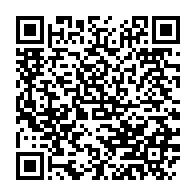




Hypershell Pro X Wearable Exoskeleton, AI MotionEngine, 17.5km Battery Range, IP54 Waterproof, -20°C Cold Resistant, Lightweight & Foldable for Hiking,...


FaceHeart CardioMirror is the first AI-powered smart mirror for cardiac health assessments, offering a 45-second ""selfie"" that detects Atrial Fibrillation (AFib) and Heart Failure (HF) with 90% accuracy along with other vital signs- Heart Rate (HR), Blood Pressure (BP), Respiration Rate (RR), Oxygen Saturation (SpO2), Heart Rate Variability (HRV), and Stress Index.

Coral reefs are moving poleward due to warming oceans, but not fast enough to avoid severe losses. A global model by HIMB scientists shows reef migration takes centuries—too late to protect tropical species facing mass decline this century.
Emissions cuts aligned with the Paris Agreement could limit coral losses to 30%. Without action, up to 86% of reefs may vanish. The next few decades are critical to shaping coral futures for centuries to come.

Campaigners urge countries to include shipping emissions in their NDCs, as the sector contributes 3% of global emissions and remains largely unregulated. Emissions could rise 50% by 2050 without intervention.
Recognising these emissions would drive policy, support green tech, and protect marine life. Campaigners stress the urgency of action to meet the 1.5°C goal and close the gap between commitments and results.
Researchers studying ancient plant molecules off South Africa’s coast found evidence that past climate changes caused droughts similar to Cape Town’s Day Zero crisis. The team, led by Claire Rubbelke and Tripti Bhattacharya, linked these dry periods to atmospheric circulation shifts during the Mid-Pleistocene Transition.
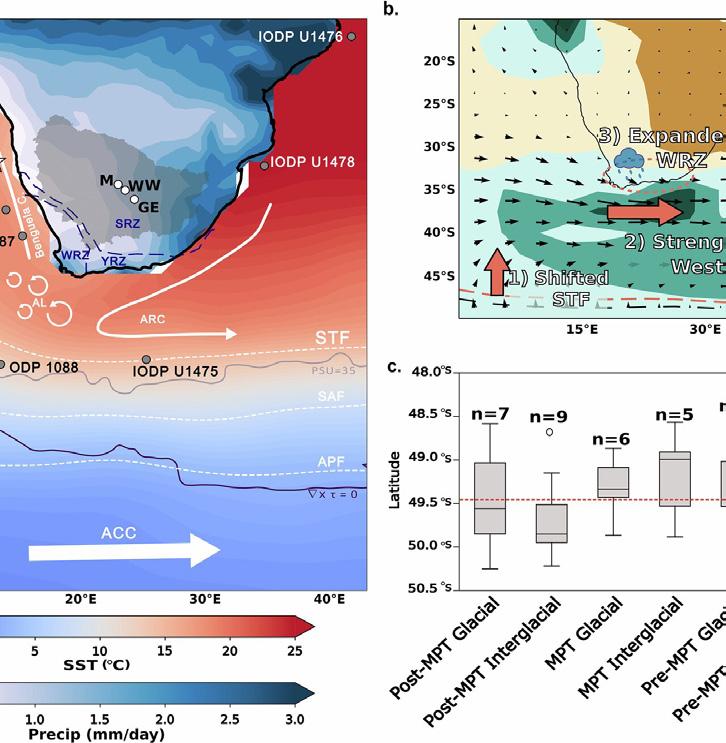
Image Credits: Nature Communications. DOI_ 10.1038_s41467-025-58792-5
An international study found that rising temperatures significantly increase antibiotic resistance genes in soil bacteria, threatening global health. The research links warming to bacterial evolution, especially in groups like Proteobacteria and Bacteroidetes.

Lab and machine learning data show even small temperature increases can accelerate resistance. This supports calls for a ‘One Health’ approach to tackle the environmental roots of antimicrobial resistance.





AI doesn’t need to replace individuals to make an impact—it only needs to outperform outdated business systems. Legacy companies risk collapse as leaner AI-native startups seize market share, similar to how Japanese automakers overtook U.S. giants in the 20th century.
To stay relevant, professionals must integrate AI into their work and sharpen soft skills. The real threat isn’t AI replacing your role—it’s AI replacing the entire company you work for.

Claude offers the most polished Wordle-style game with visual tiles and real-time updates, making it feel like a true mobile game. ChatGPT provides a reliable, text-only version with intuitive feedback, while Gemini adds a code-generation feature, despite some hiccups.
You don’t need coding skills—just a simple prompt gives you endless custom puzzles. Claude leads in experience, ChatGPT in simplicity, and Gemini in flexibility.

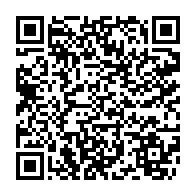
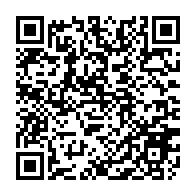
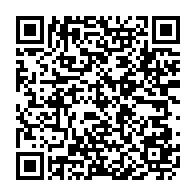
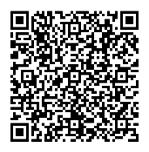
AI chatbots are shifting from desktops to mobile, with Android users now able to access top tools like ChatGPT, Gemini, Claude, DeepSeek, and PocketPal. These apps offer voice features, local model support, and strong performance—even for free.
From ChatGPT’s real-time image creation to DeepSeek’s affordability and PocketPal’s private models, smartphones are fast becoming the new frontier for AI interaction.
Agentic AI marks a shift from reactive chatbots to autonomous systems that sense, decide, and act. Unlike generative AI, which creates content, agentic AI completes tasks with limited input. It’s already at work in systems like Zoox robotaxis and Perplexity’s “Buy with Pro,” streamlining actions across industries.
Experts highlight both its benefits and challenges. It boosts efficiency and reduces errors, but raises questions about job displacement, safety, and accountability. With agentic AI moving into consumer tools and regulated sectors, adopting safeguards and understanding its capabilities will be crucial for future integration.
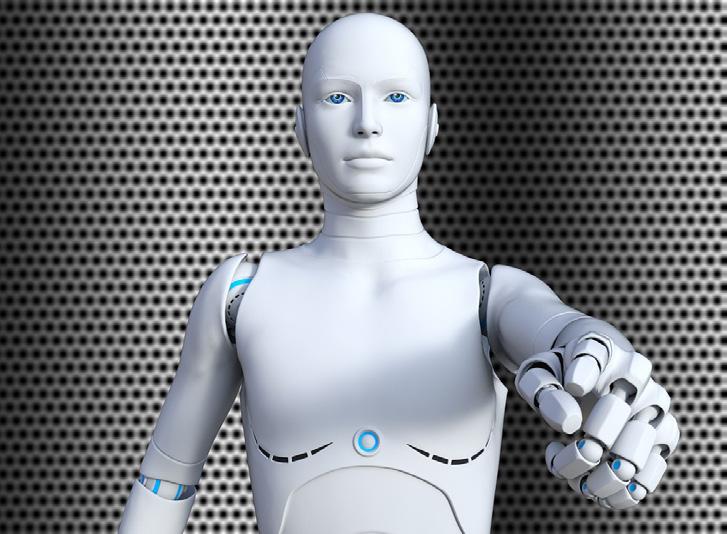

Most users now have the Nintendo Switch 2 in hand, with strong retail stock and delayed online deliveries. Walmart pre-orders arrived early, some with extras, while instore buyers found units easily.
Early reviews highlight a 450-nit display, solid dock redesign, and limited USB-C ports. Sam Rutherford reports it runs cool, though HDR brightness feels underwhelming. Watch Engadget’s livestream or read their ongoing liveblog for updates.

Tyler Perry’s “Straw” Rises to Netflix’s No. 1 Spot
Tyler Perry’s Straw follows Janiyah Wiltkinson, played by Taraji P. Henson, as her world collapses in a single day. Job loss, eviction, and a failing system push her toward desperate choices. Henson’s riveting performance anchors the story.
Though emotionally intense, the film struggles with melodrama and a convoluted subplot. Still, Straw earns its top spot, backed by strong viewer ratings and critical praise. Stream it now on Netflix.


TCL’s 2025 TVs now feature Filmmaker mode, a setting created with input from Hollywood filmmakers to ensure accurate picture quality by disabling motion smoothing and adjusting colors to industry standards. It’s available on flagship QM8K, mid-range QM7K, and entry-level QM6K models.
This mode provides a more authentic viewing experience by preserving the creator’s intent.
ences
Playdate’s second season adds two distinct games: The Whiteout, a slow, emotional post-apocalyptic story with immersive writing and exploration, and Wheelsprung, a playful physics-based dirtbike game starring a squirrel. Both highlight the season’s creative diversity.
Blippo+, the intergalactic TV service, continues weekly updates. The Whiteout demands patience and reflection, while Wheelsprung offers challenging, whimsical fun with unique bike controls and a level editor. Together, they showcase Playdate’s commitment to varied, engaging gameplay.
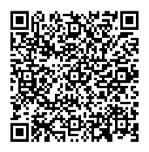
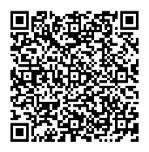
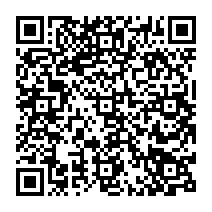
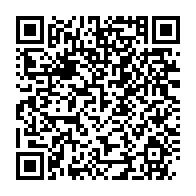
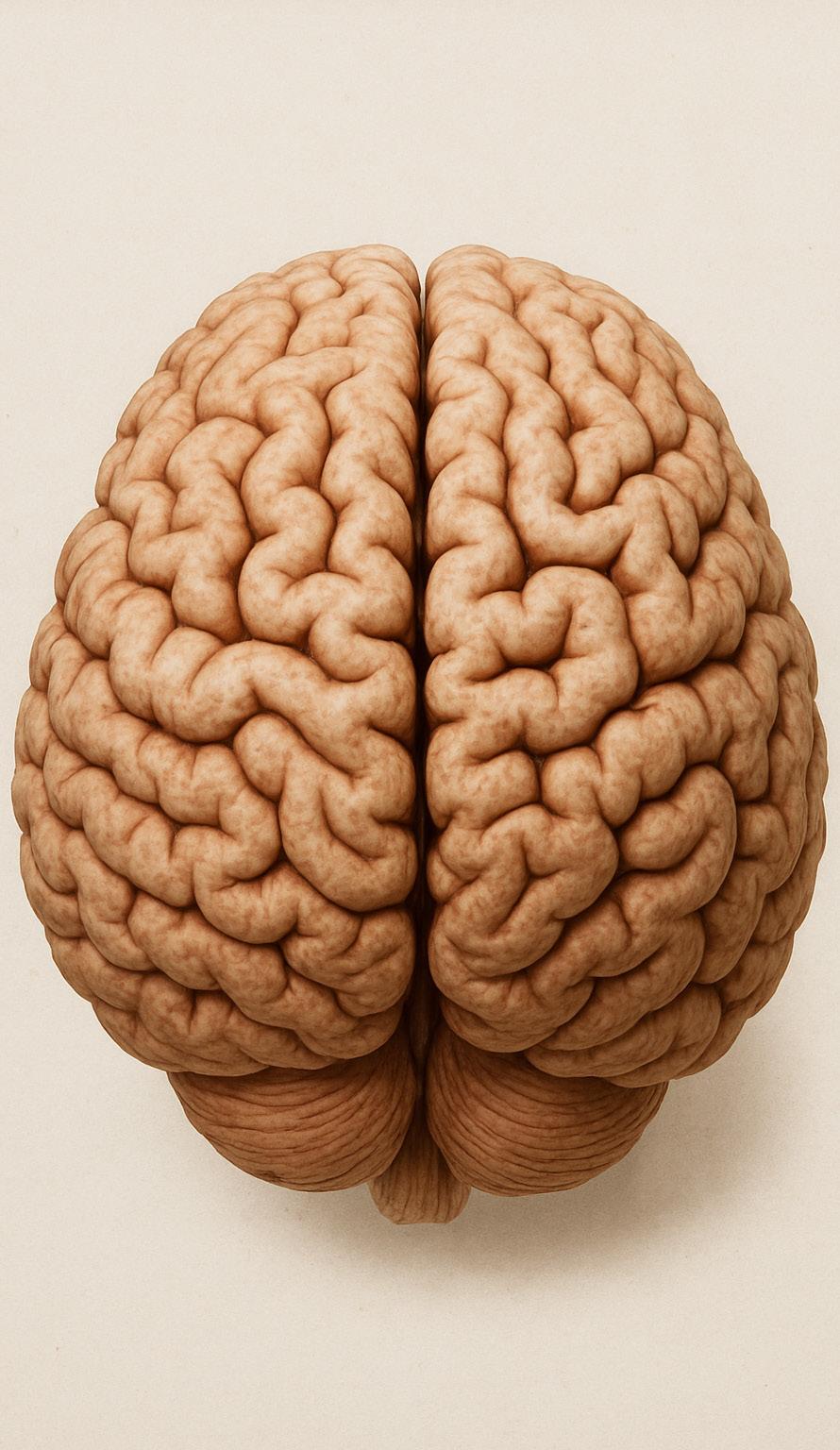
Your brain intentionally forgets things to stay sharp! Scientists from the University of Basel discovered a molecular mechanism that actively regulates forgetting—helping your brain clear out unneces-
sary memories and stay flexible. Without this natural process, your mind could become overloaded, increasing the risk of mental disorders like PTSD or Alzheimer’s.

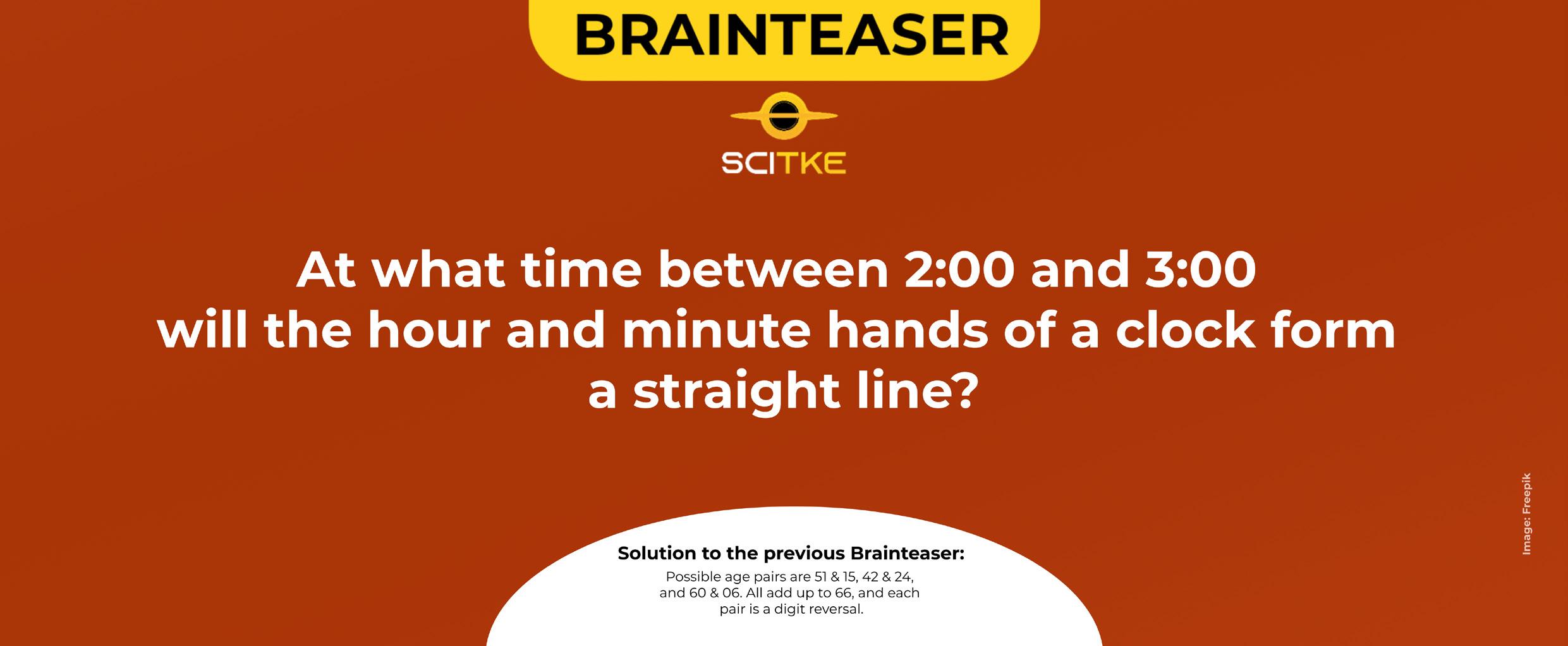
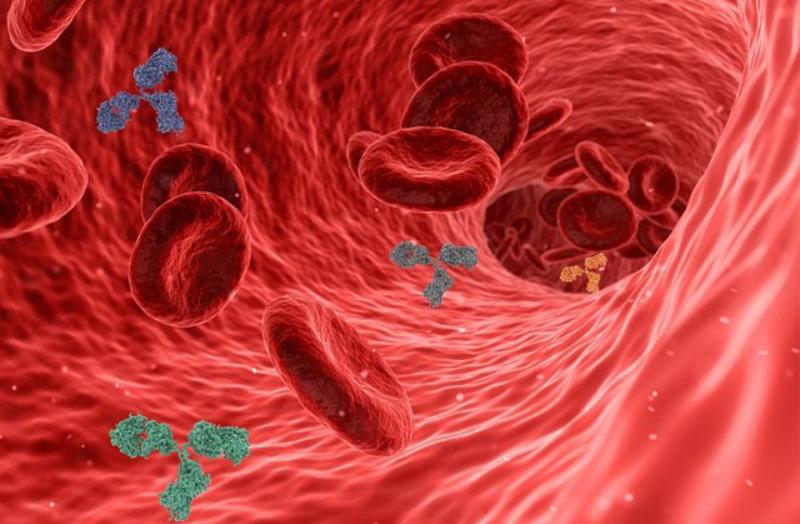
▶ Credit: Pixabay
Scientists have uncovered a previously unrecognized biological process responsible for tissue and organ damage in low-oxygen conditions like heart attacks and strokes. The findings indicate that rupturing red blood cells, rather than blood clots, are to blame.
The microvasculature—a network of tiny blood vessels—is essential for supplying oxygen and nutrients to body tissues. When these vessels are damaged, it can lead to serious conditions such as heart attacks and strokes. In such cases, impaired microvascular function results in reduced blood flow, oxygen deprivation, tissue damage, and inflammation, all of which can make the condition more severe.
New Study Uncovers Red Blood Cells as Key Cause of Tissue Damage in Low-Oxygen Conditions

A recent study by researchers from institutions in Australia and New York has revealed a previously unidentified biological process responsible for tissue and organ damage in low-oxygen environments. Unlike earlier beliefs that blamed blood clots, this damage is actually caused by red blood cells.
“We’ve uncovered an entirely new clotting mechanism that operates independently of the traditional system involving platelets and fibrin,” said Professor Shaun Jackson, lead author and founder of ThromBio, a company developing anti-clot therapies. “Instead, we found that dying cells trigger red blood cells to rupture, and their membranes act like biological glue—sealing damaged vessels and obstructing blood flow to vital organs.”
Traditionally, when a blood vessel is injured, platelets rapidly adhere
to the site and to each other, forming a temporary plug. Simultaneously, a series of blood proteins activates fibrin, which forms a stabilizing mesh over the platelet plug, creating a durable clot to stop bleeding.
The researchers knew that both acute and long COVID could harm the body’s tiny blood vessels, leading to impaired circulation. Initially, the team suspected excessive fibrin was causing the problem, but blood thinners designed to break it down had limited success—prompting them to search for an alternative explanation.
In an analysis of over 1,000 blood vessels from deceased COVID-19 patients, researchers discovered significant damage to the endothelial cells—the cells lining the inside of blood vessels. This damage was widespread across small vessels in the lungs, heart, kidneys, and liver, with evidence that many of these endothelial cells had died. Under the microscope, the team observed deposits of a protein-like substance at the sites where cells had perished. Further investigation revealed that this material came from ruptured (hemolyzed) red blood cells, which had released their sticky contents, clogging the microvasculature.
Importantly, this newly
identified type of microvascular blockage wasn’t exclusive to COVID-19. In mouse models, researchers observed the same process following heart attacks, strokes, and gut ischemia—a condition in which reduced blood flow deprives the intestines of oxygen and nutrients.
Jackson said the mechanism reveals why patients with severe COVID-19 or other critical illnesses often develop multi-organ failure, even when treatments control traditional clotting. “It marks an entirely new chapter in our understanding of vascular biology.”
The discovery carries clear implications for medical treatment. As noted, standard blood thinners (anticoagulants) are largely ineffective in treating microvascular complications in COVID-19, since traditional blood clots aren’t the primary issue.
“Instead of focusing on platelets or clots, future treatments could target the prevention of endothelial cell death or the subsequent damage to red blood cells,” Jackson explained. “By interrupting this process early, we may be able to maintain blood flow, safeguard organs, and ultimately save lives.”

More than half of U.S. states have passed legislation aimed at regulating adolescent social media use. However, a study published in The Milbank Quarterly highlights that these policies—such as restrictions on cell phone use in schools and laws against cyberbullying— face notable shortcomings. The research also outlines key areas for further study to support the development of more effective solutions.
Responding to Emerging Risks Without Definitive Evidence
Since clear evidence about the long-term effects of social media may take years to develop, and the lack of regulation could lead to preventable public harm, policymakers must create social media regulations based on incomplete information.
In their analysis of these policies, researchers at Columbia University highlighted three key
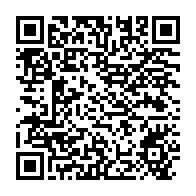

concerns often cited by state lawmakers regarding the impact of social media on adolescents: mental health issues, exposure to harmful content, and developmental risks.
While the researchers did find some support for associations between social media use and negative outcomes—especially among vulnerable youth—the overall body of research does not yet provide conclusive evidence of cause and effect.
The researchers emphasize the need for future studies to focus on more precisely identifying various types of social media exposure and user experiences, examining the connections between social media use and psychiatric symptoms, and assessing the effectiveness of different state-level social media regulations.
“We’re seeing a growing
sense of urgency among policymakers to shield youth from the potential harms of social media and digital technologies,” said lead author and doctoral student Marco Thimm-Kaiser.
“As technology continues to advance quickly, it’s essential that protective policies for young people are grounded in solid scientific evidence, while also maintaining a careful balance between comprehensive evaluation and prompt action,” added senior author Katherine Keyes, Ph.D.
CEO Elon Musk’s recent claim that Tesla will have “thousands” of Optimus robots working in its factories by year’s end. Musk also stated last month that the company aims to scale up Optimus production faster than any product in history, targeting millions of units annually as soon as possible.
Kovac spent nearly a decade at Tesla, primarily as a senior engineer on the Autopilot team. He began helping lead the Optimus project in 2022 and was promoted to vice president in charge of the program in late 2024.
On his LinkedIn profile, Kovac previously stated that he was leading the Optimus program and its engineering teams.
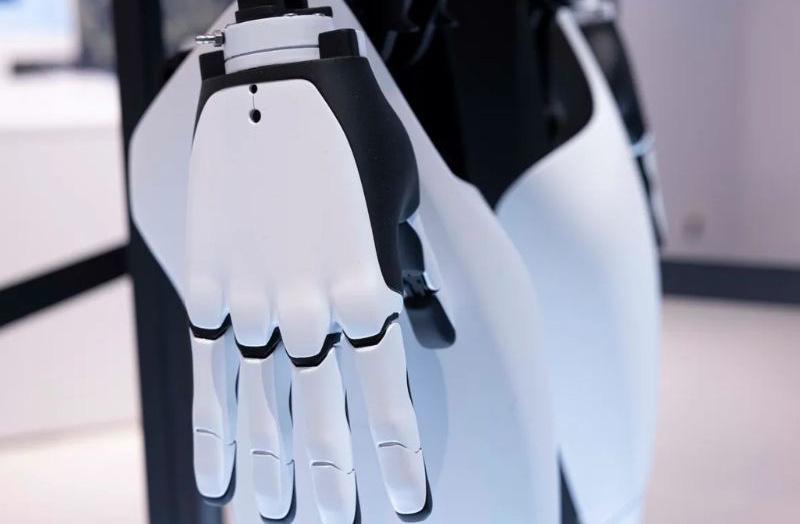
▶ Credit: Stanislav Kogiku_ SOPA Images_LightRocket _ Getty Images
Bloomberg News reports that Milan Kovac, who leads Tesla’s Optimus humanoid robot program, is departing the company.
The departure follows
He also noted that he oversaw the engineering groups responsible for the shared software foundations and infrastructure between Optimus and Autopilot.
According to Bloomberg, Ashok Elluswamy, Tesla’s Vice President of AI Software, will assume leadership of the Optimus project.
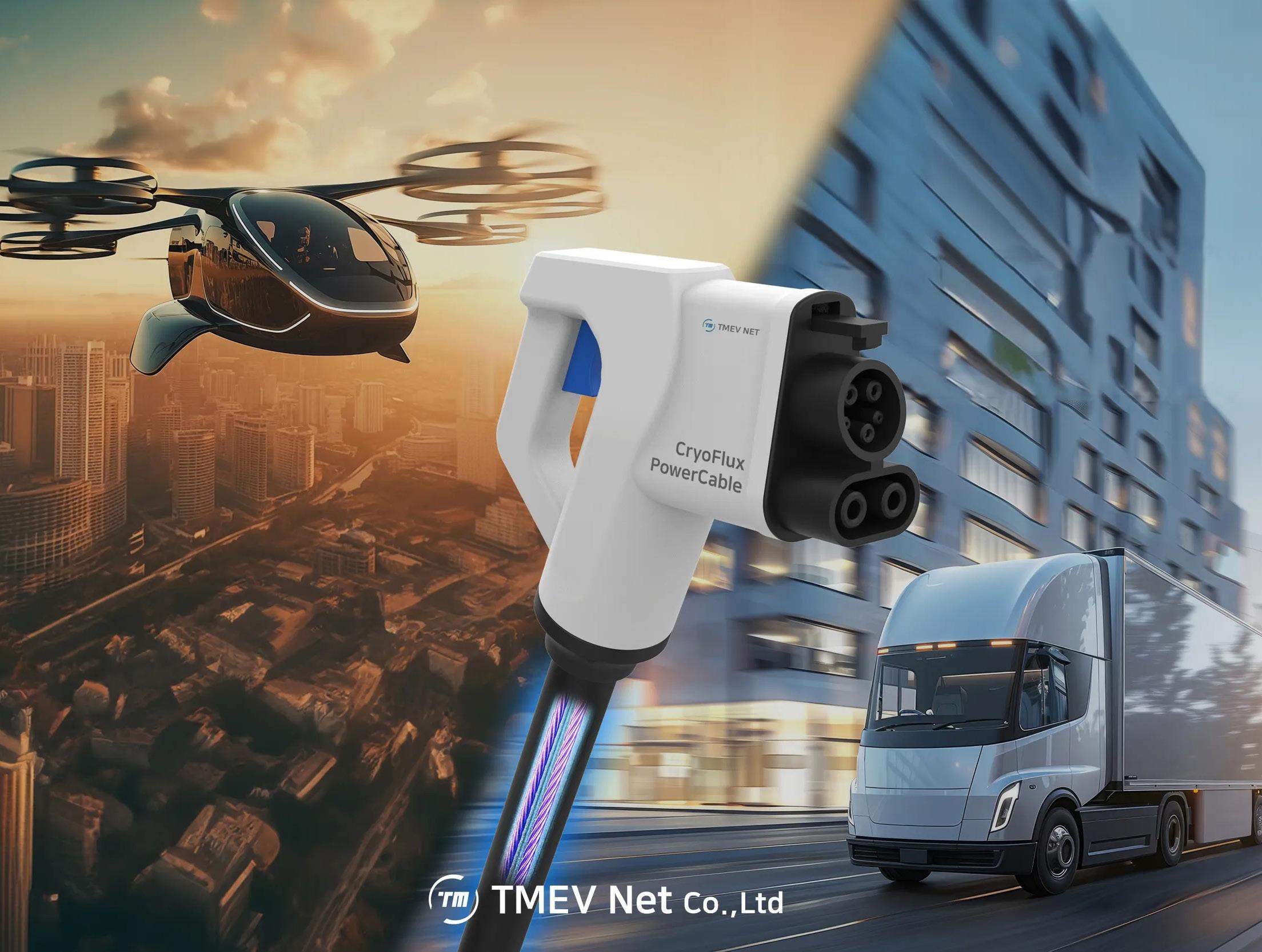
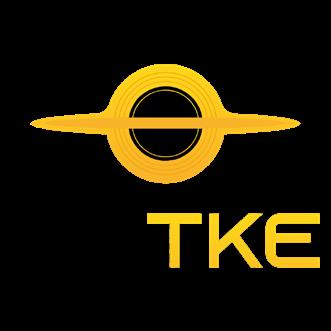

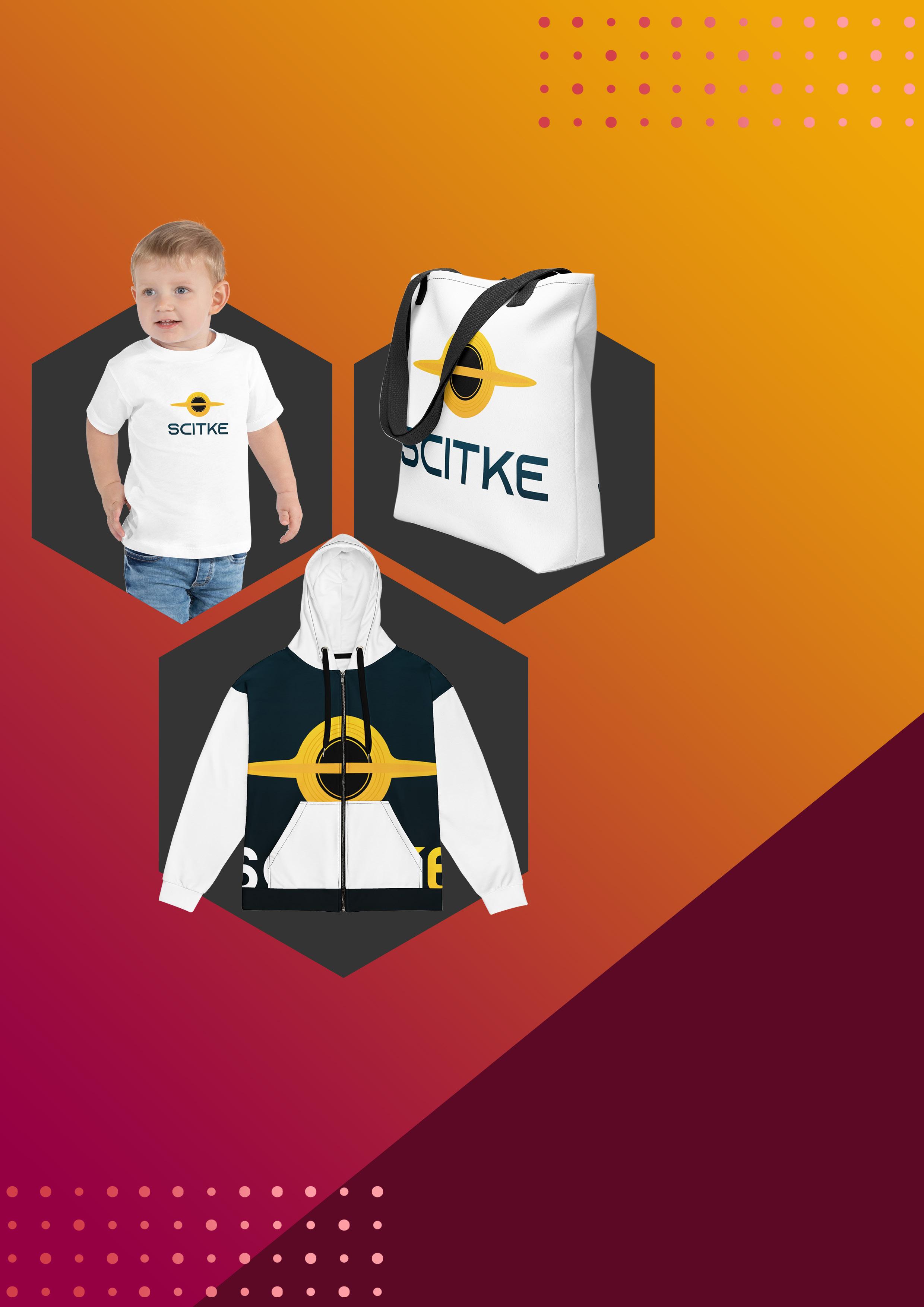
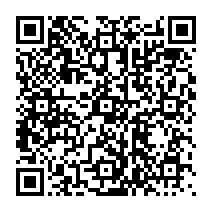
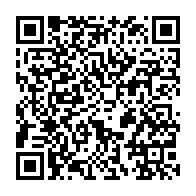
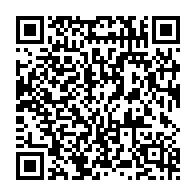



AI-assisted photo editing on phones now makes complex tasks simple. Samsung’s tool is best at erasing unwanted objects realistically and intuitively, outperforming Apple and Google in tricky scenes. Google’s Magic Eraser is close behind and offers a wider range of editing features, while Apple’s tool often struggles with accuracy and ease.
Samsung’s precision in object selection and natural fill-ins make it the top choice for removing distractions, but Google remains strong with additional creative AI functions. Apple needs to enhance its AI editing for better results.
Citroen is considering reviving the 2CV, a simple post-WWII car that helped rebuild Europe. Inspired by Renault’s modernized Renault 5 and 4, Citroen debates if the 2CV’s old-school design can meet modern demands for technology, safety, and electrification. The original’s charm is its simplicity and practicality, but adapting its unique design to today’s standards is difficult.
The current C3 echoes the 2CV’s focus on affordability and comfort, but reviving it means balancing heritage with modern safety, EV tech, and market demands — a decision for CEO Xavier Chardon.
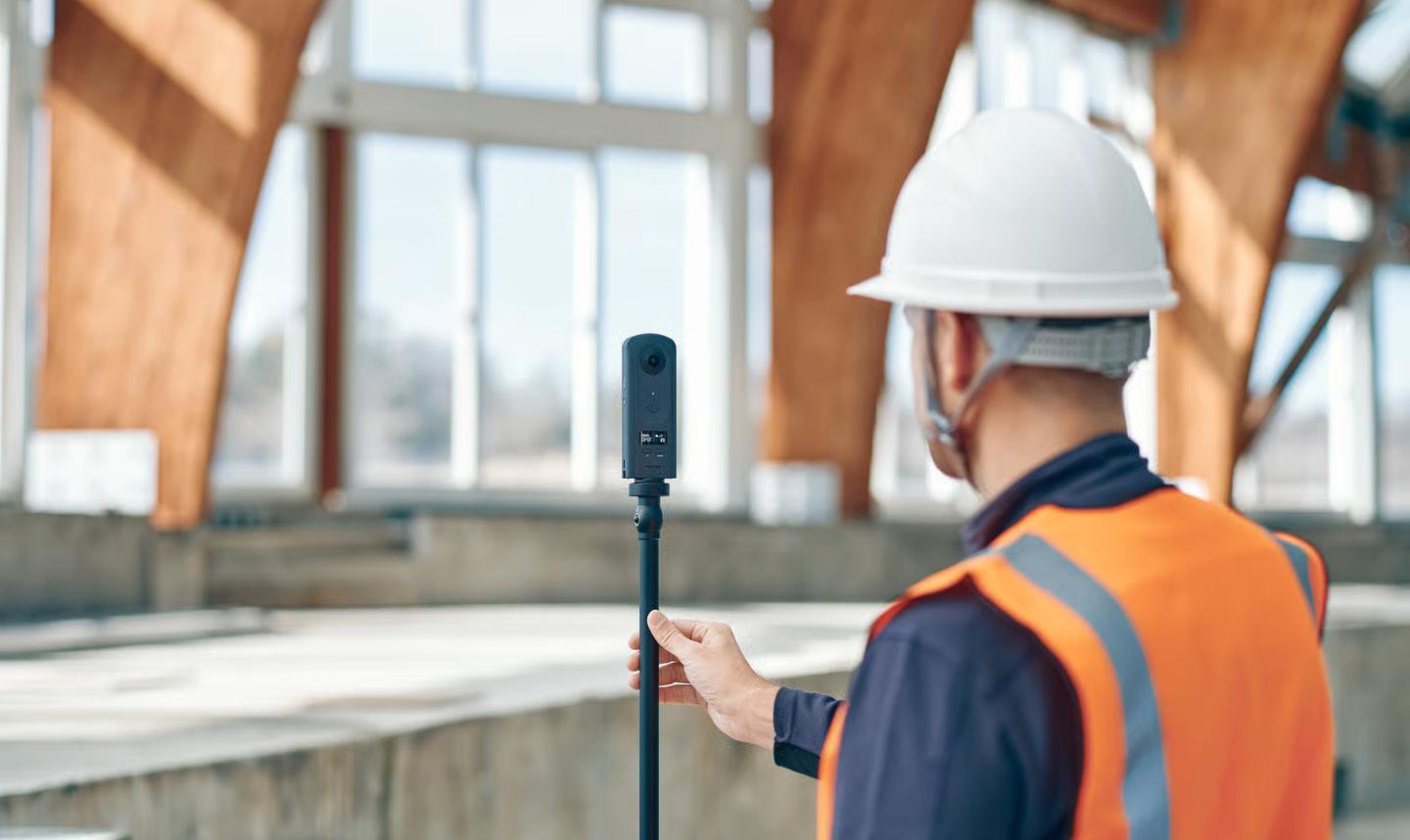
Chrysler marks 100 years with major changes, including a new dedicated design studio and focused teams. CEO Chris Feuell confirmed plans for a Halcyon-inspired vehicle to replace the 300 sedan, possibly alongside a new SUV. Both models will support electric and hybrid powertrains. Design chief Ralph Gilles highlighted features like active aerodynamics and a glass roof from the concept.

Ricoh’s Theta A1 offers rugged durability for extreme environments, maintaining its handheld design but with waterproof and dustproof IP64 certification. It operates in wide temperature and humidity ranges, making it suitable for industrial and construction use.
The camera captures 360-degree images at over 11,000 x 5,500 pixels and records 8K video at 10 fps, with support for 4K and 2K streaming. It features internal storage for two hours of video, Bluetooth, Wi-Fi, and a battery lasting about 60 minutes of recording. Pre-orders begin soon at €799.

Tanya Evans challenges the idea that some people are just bad at math, noting that math anxiety often comes from parents and teachers. Her research shows early memory skills predict future math success, emphasizing that math learning requires more than just number skills.
By studying children’s memory and math abilities and scanning their brains, Evans aims to uncover how memory and math circuits overlap. She encourages parents to include math in daily activities to build confidence and improve math skills naturally.

This study developed a novel mathematical model that integrates biological dynamics and magnetic forces to simulate cellular spheroid fusion, validated by experiments with magnetized HeLa cell spheroids. The model accurately predicts accelerated fusion times and maintains strong performance even with complex spheroid arrangements.
By combining 3D bioprinting and magnetic manipulation, this model offers predictive insights to optimize tissue engineering protocols.
Jean Bourgain’s question about slicing convex shapes in any dimension has been solved by Bo’az Klartag and Joseph Lehec. They proved every convex shape has a slice larger than a fixed size, even in high dimensions.
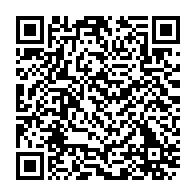
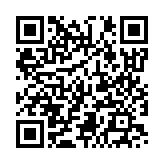
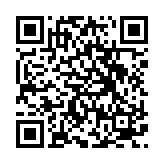
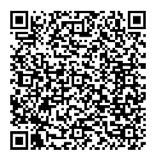
Their success relied on Qingyang Guan’s physics-based heat diffusion approach, which revealed key geometric insights. This breakthrough unified earlier methods and solved the decades-old puzzle, advancing understanding of high-dimensional geometry while raising new questions.

Inter-universal Teichmüller Theory (IUT), introduced by Shinichi Mochizuki to solve the ABC conjecture, remains baffling. Its 2,000page proof has eluded verification by most mathematicians.
Engineer Zhou Zhongpeng refined IUT over five months, applying it to prove generalized Fermat’s Last Theorem cases. His work earned collaboration with Ivan Fesenko, yet much of IUT stays inscrutable, so full understanding may take years.
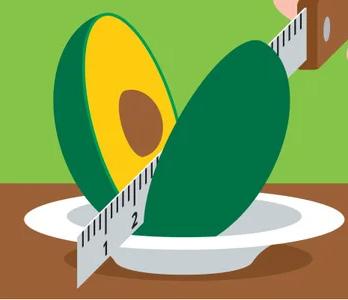

MIT researchers demonstrated “p-wave magnetism” in nickel iodide, where electrons form spiral spin patterns that cancel out overall magnetization but allow controlled spin switching. This effect enables manipulation of electron spins with small electric fields, critical for spintronic memory devices that use electron spin instead of charge, increasing data density and reducing power use.
Confirmed via polarized light and spin control, the ultracold breakthrough hints at room-temperature materials, paving the way for faster, denser, energy-efficient spintronic memories.
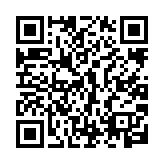
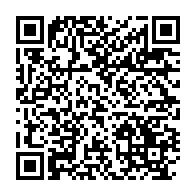


Researchers at Cambridge created a quantum sensor using hBN, detecting nanoscale magnetic fields in multiple directions at room temperature. It surpasses diamond-based sensors by offering multi-axis detection and a wider dynamic range due to hBN’s defect symmetry and optical properties.
The sensor’s 2D nature allows atomic-scale spatial mapping, opening new imaging possibilities. This advance in quantum sensing technology, detailed in Nature Communications, could enable deeper studies of magnetic phenomena and nanomaterials with higher resolution than before.

Researchers at the University of Chicago developed a quantum biosensor by coating diamond nanoparticles with a siloxane shell inspired by QLED TV technology. This coating enhances quantum coherence and stability while preventing immune rejection inside living cells.

Oxford and Lisbon researchers used advanced OSIRIS simulations to visualize quantum vacuum changes caused by intense lasers, recreating vacuum four-wave mixing where photons scatter to create new beams. This helps bridge theory and experiment as powerful lasers become operational globally.

The models provide detailed guidance for experimental design, reveal interaction dynamics, and could assist in dark matter searches, marking a significant advance in quantum physics and laser-matter interaction research.
Image Credits: Zixin (Lily) Zhang
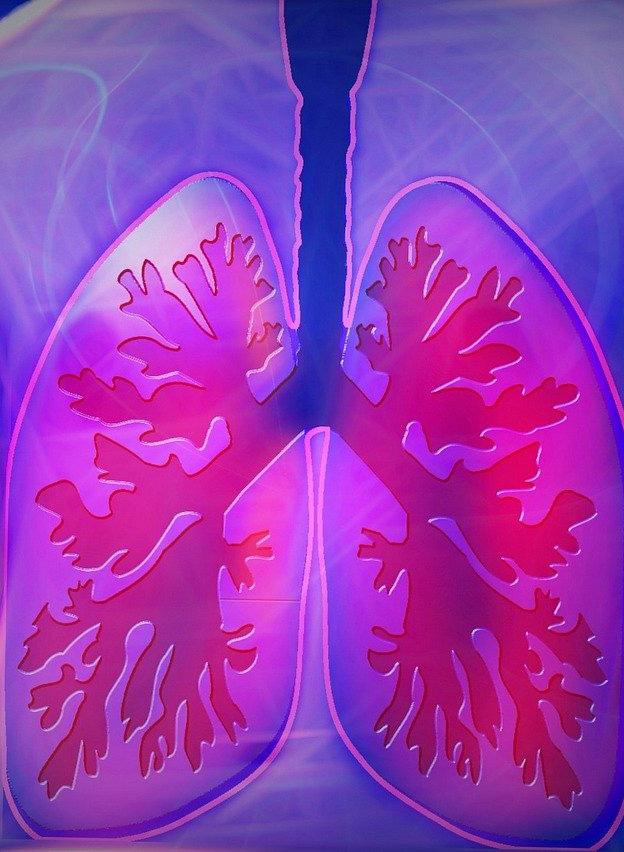
Researchers developed a nanoparticle-based system to deliver genetic therapies directly to lung cells, slowing lung cancer and improving cystic fibrosis in mice. They created a library of lung-targeting lipids enabling precise drug delivery.
This approach activates immune defenses against cancer and repairs genetic lung defects without side effects. Funded by major health institutes, the work advances safer, more effective treatments by targeting the right genetic tools to the lungs.

McMaster University researchers discovered lariocidin, a novel antibiotic that attacks drug-resistant bacteria by targeting their protein synthesis uniquely. Isolated from soil bacteria Paenibacillus, it’s non-toxic to humans and effective in animal models. While promising, producing lariocidin in usable quantities will be challenging. The team is now focused on modifying the molecule to develop it into a clinically viable drug, marking a major advance in combating antimicrobial resistance.
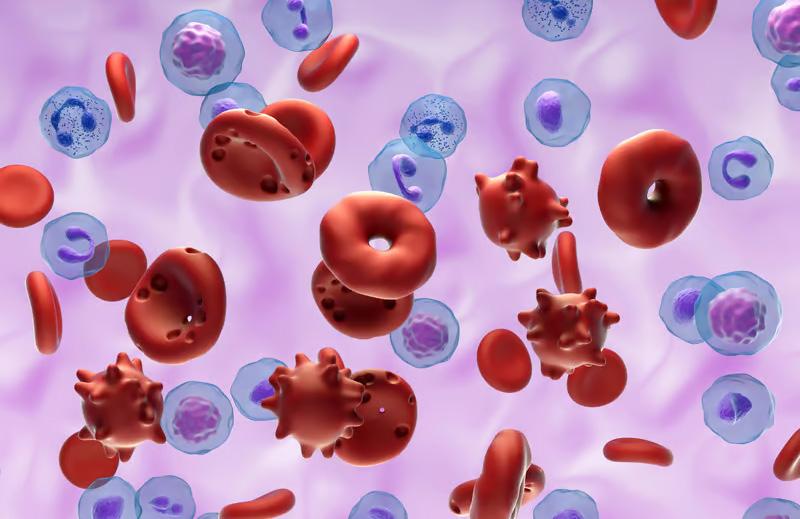
Researchers found that bursting red blood cells, not blood clots, cause vessel blockages in conditions like heart attacks and strokes. This disrupts blood flow in tiny vessels essential for oxygen delivery. Studies in COVID-19 patients and mouse models confirmed this new mechanism.
Traditional blood thinners don’t address this cause. Future therapies might target preventing cell death or red blood cell rupture, offering new ways to protect organs and improve outcomes in severe diseases.
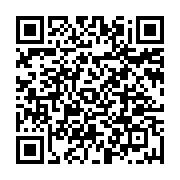
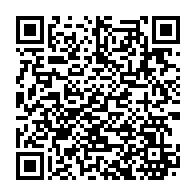
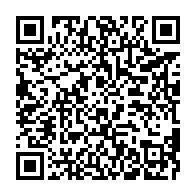

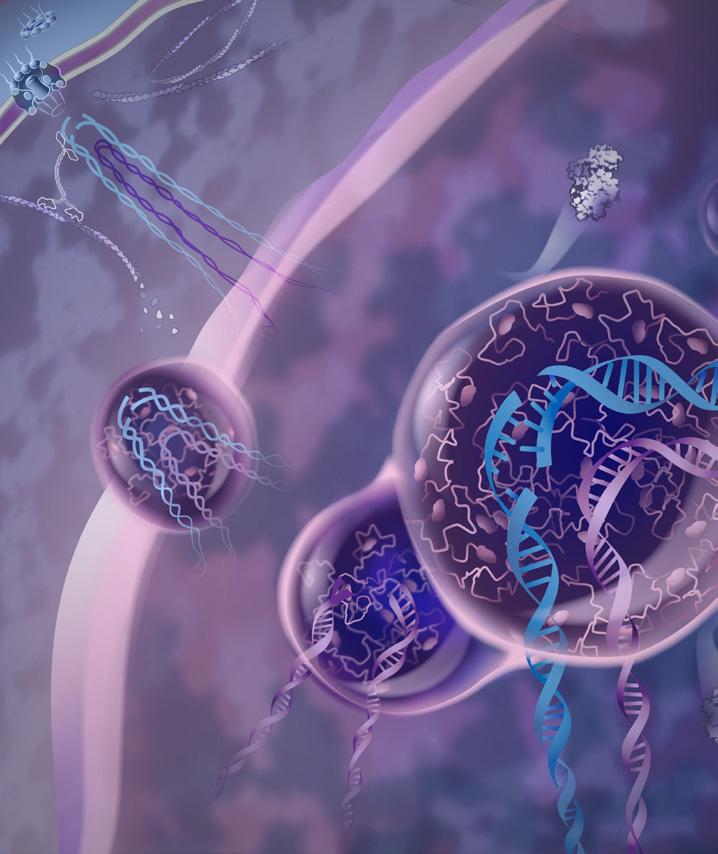
USC researchers found that Nup98 forms protective droplets around broken DNA in heterochromatin, moving it to safer nuclear regions for accurate repair. Nup98 also controls repair timing by blocking premature proteins like Rad51, preventing harmful DNA errors.
These discoveries, from fruit fly studies, have implications for human genome stability and cancer therapies, especially for acute myeloid leukemia involving Nup98 mutations. Future treatments may enhance Nup98’s protective role to combat genome instability and related diseases.

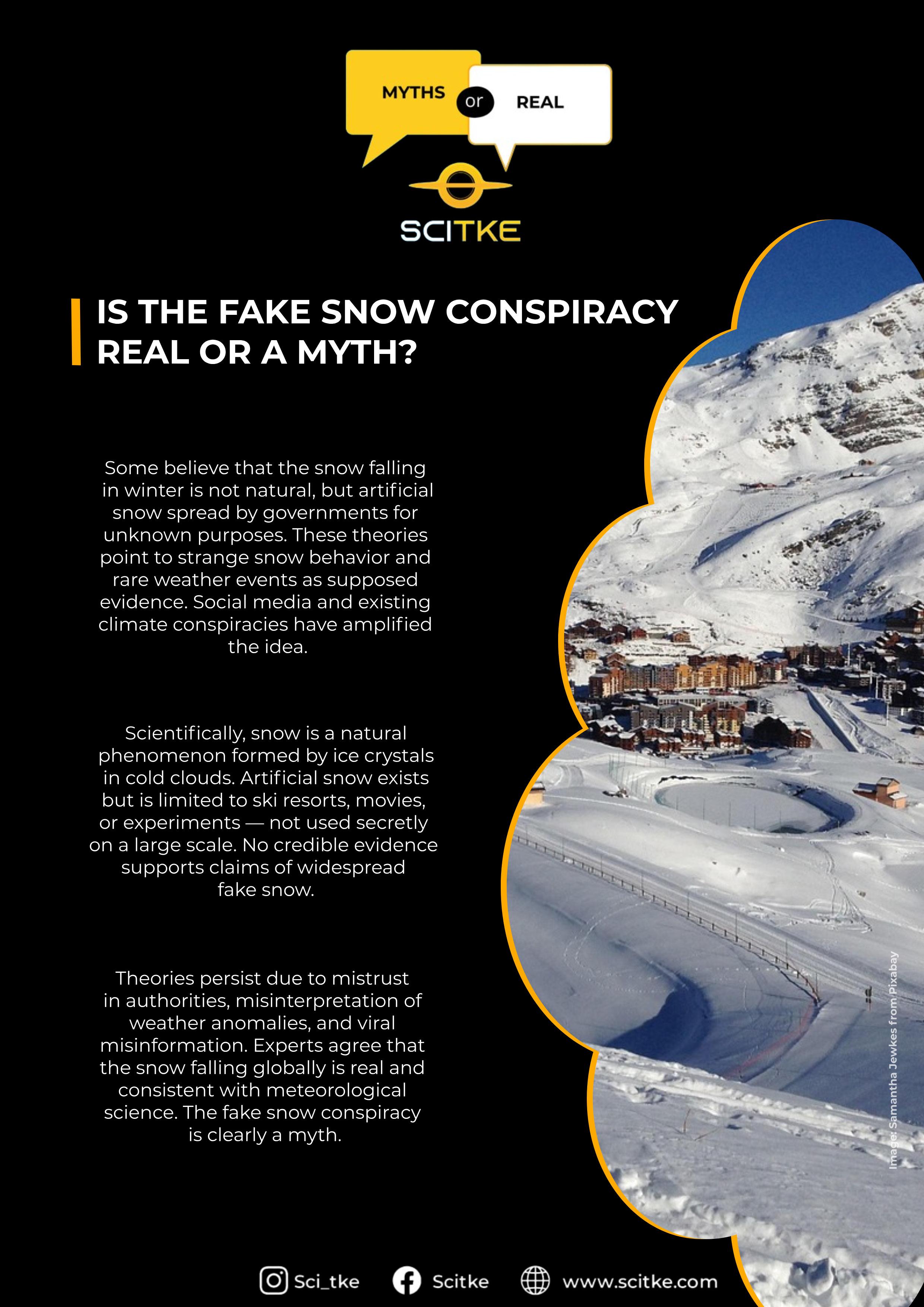
Nocturia causes many adults to wake frequently at night to urinate, sometimes signaling health problems or medication effects. Waking once occasionally is normal; twice or more regularly is abnormal.
Reducing fluid intake before bed, managing health conditions, and consulting a doctor can help. Treatments include lifestyle changes, behavioral therapy, and medication to improve sleep and overall health.

Moon breathing, an ancient yogic technique focusing on left-nostril inhalation and right-nostril exhalation, activates the parasympathetic nervous system to promote relaxation and lower heart rate. It is particularly effective for presleep anxiety symptoms such as racing thoughts and rapid heartbeat. Compared to the 4-7-8 method, moon breathing avoids breath-holding, making it suitable for people with anxiety or respiratory sensitivity. Deep breathing techniques like this reduce cortisol, increase melatonin production, and improve sleep quality by calming the nervous system and helping the body prepare for restful sleep.

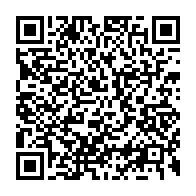


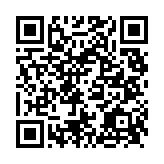
A study linked more sitting time in older adults to greater Alzheimer’s risk and brain shrinkage, regardless of exercise. Participants averaging 13 hours sedentary showed worse memory and cognition. Sedentary behavior independently raises risk by increasing inflammation and reducing blood flow and metabolism.
Free radicals are unstable molecules that damage DNA, proteins, and lipids, causing oxidative stress linked to diseases like heart disease, Parkinson’s, Alzheimer’s, diabetes, and cancer. They come from internal processes and external sources such as pollution and smoking.
Antioxidants neutralize free radicals and are partly made by the body, but many must be obtained from foods rich in vitamins and phytochemicals.

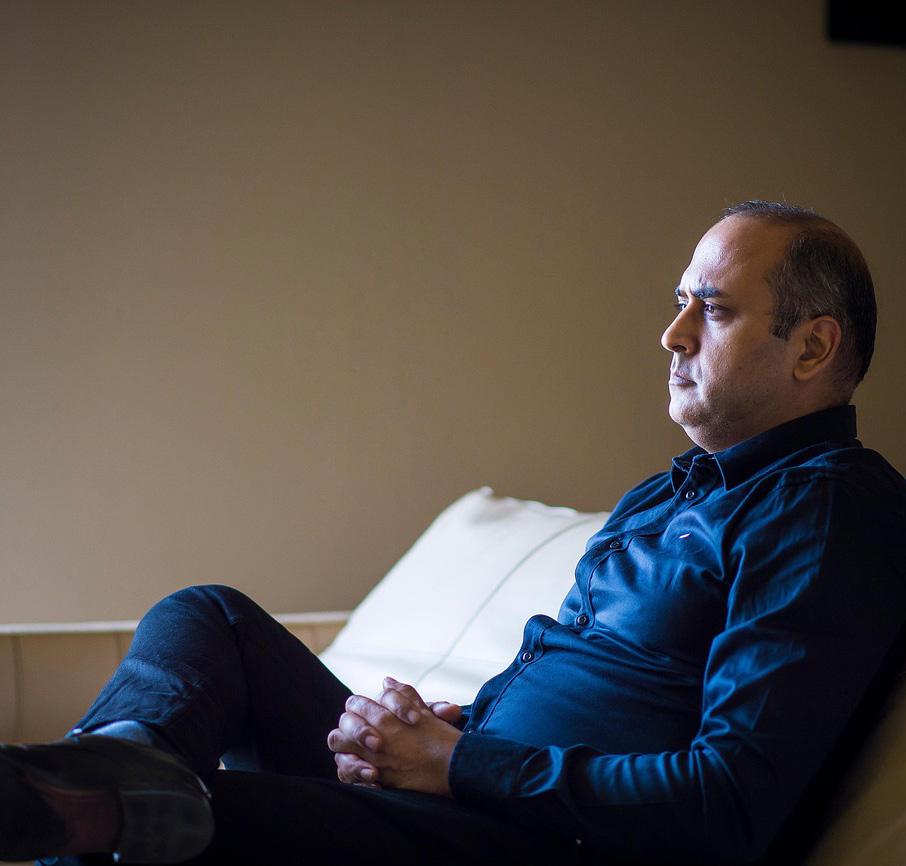
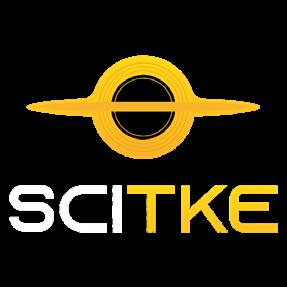



ations
Eggs provide essential nutrients like protein, vitamins, and antioxidants, supporting muscle growth, reducing inflammation, and potentially lowering chronic disease risk. Whole eggs offer more benefits than egg whites due to nutrients in the yolk.
While eggs contain cholesterol, most healthy adults can eat one to two eggs daily without raising heart disease risk. Those with high cholesterol or heart conditions should consult healthcare providers. Cooking eggs with healthy oils and avoiding added saturated fats is important for maintaining heart health.
Cucumbers are botanically fruits but usually treated as vegetables due to their savory flavor. They come in slicing, pickling, and burpless varieties, each with different uses and digestion impacts. Nutritionally, cucumbers offer key minerals, vitamins C and K, antioxidants, fiber, and potassium, supporting bone health, immunity, hydration, and digestion.
However, cucurbitacins in cucumbers may cause digestive issues, especially for sensitive people. Those with allergies, blood-clotting problems, or kidney issues should be cautious. Overall, cucumbers remain a nutritious, refreshing addition to a balanced diet when eaten in moderation.
Following the MIND diet, even later in life, reduces dementia risk by 9–13%, especially for African American, Latino, and White adults. Improvements in adherence over time led to a 25% risk reduction, with strong results across age groups.
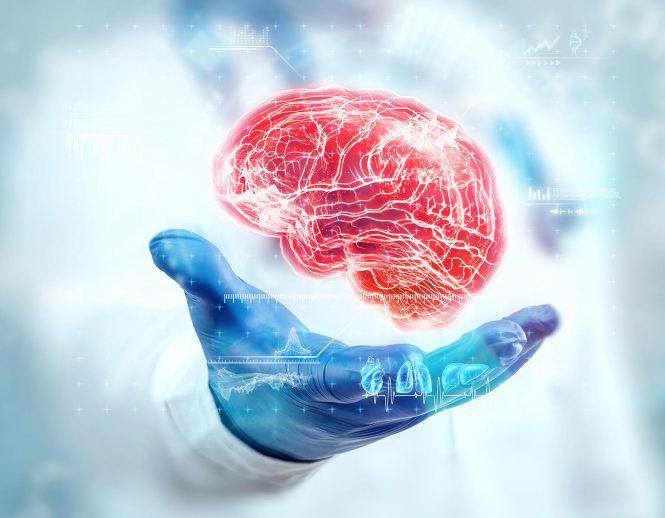
Chronic kidney disease affects millions, but dietary changes can help. Superfoods like cabbage, blueberries, olive oil, and fatty fish offer fiber, antioxidants, and omega-3s, supporting kidney function and reducing inflammation.
Garlic, egg whites, arugula, and apples are nutrient-dense, low in sodium, and beneficial for heart and kidney health. These foods are easy to incorporate and ideal for long-term kidney wellness.
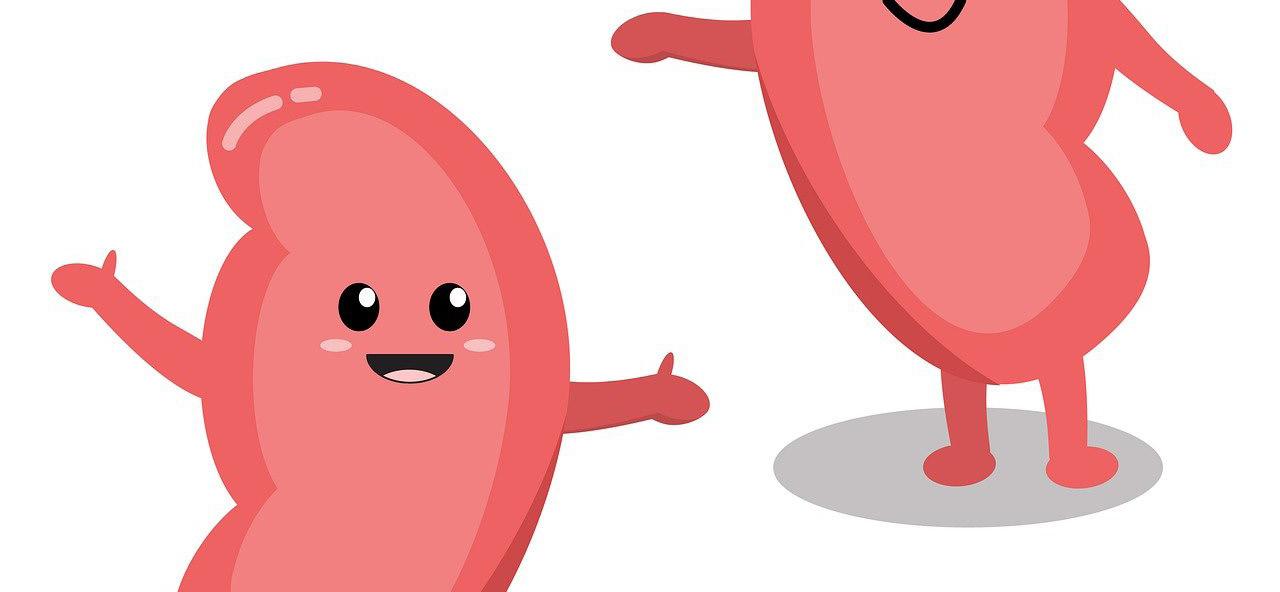
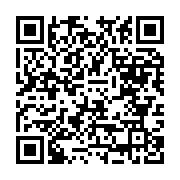
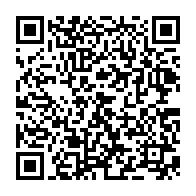
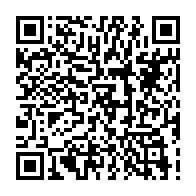
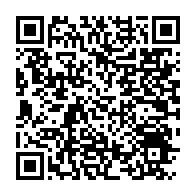

Weight loss relies on sustaining a calorie deficit tailored to your body, activity, and goals. Use the Mifflin-St Jeor equation to estimate needs, or better, work with a dietitian. Weekly averages matter more than daily fluctuations, and sustainable changes like cutting 500 calories a day can help.
Monitor your metabolism, combine cardio and strength, eat nutrient-dense foods, stay consistent, and find personal motivation for lasting weight loss.
Explosive training combines fast, powerful movements with control to improve strength, speed, and coordination. Paused squat jumps, explosive push-ups, and plank shoulder taps build real-world muscle power, helping with everyday tasks like lifting or balancing.
Footwork drills and lateral pogos enhance agility and stability, reducing injury risk. This type of training isn’t just efficient — it prepares your body to move with confidence in any direction, at any time.
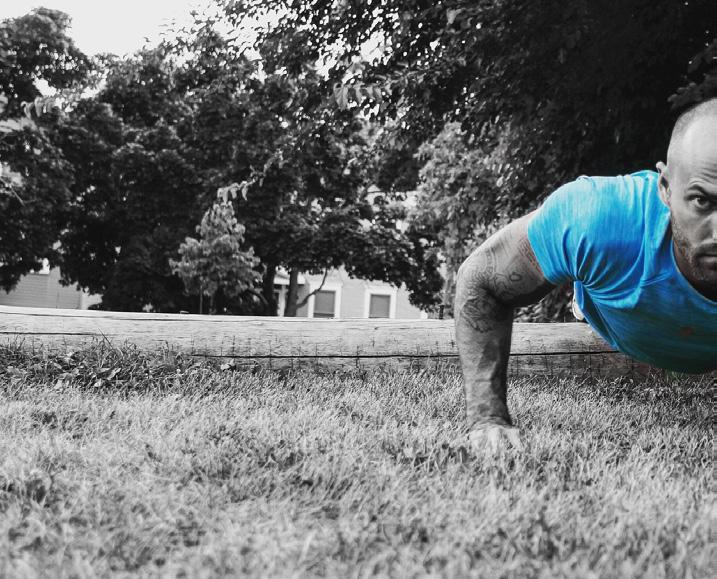
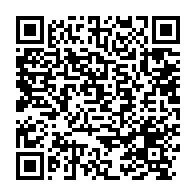
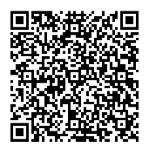

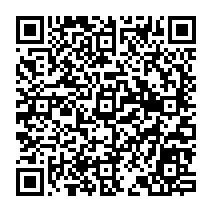

The shoulder press builds upper-body strength, working the shoulders, arms, and core. It also supports bone health and makes daily tasks easier. Variations like the single-leg press, Arnold Press, thruster, and floor-seated press each target muscles differently, keeping workouts effective and engaging.
Weighted presses build visible tone, improve stability, posture, and strength, and support longterm joint and bone health.

You can reduce body fat without a gym by walking, running, resistance training, or doing HIIT. Pairing these with a diet rich in protein, healthy fats, and metabolism-boosting foods like green tea and yogurt improves results.
Intermittent fasting and proper sleep also support fat loss. Aim for seven or more hours of sleep each night and at least 150 minutes of activity weekly for best results.

“Metformin May Extend Women’s Longevity”
Metformin, a type 2 diabetes drug, may help older women reach age 90 due to anti-aging effects, per a study of 438 postmenopausal women. Those on metformin had a 30% lower mortality risk before 90 than those on sulfonylurea. Known to slow aging, metformin reduces DNA damage and supports longevity genes.
While not an RCT, the study’s 14-15 year follow-up provided unique lifespan insights. Researchers suggest further trials to confirm findings, emphasizing geroscience’s goal: delaying aging to prevent disease as populations grow older.
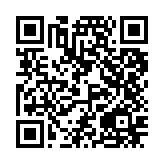
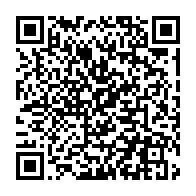

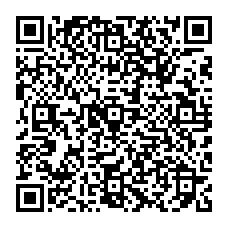
“Strengthen, Stretch, Sustain with Essentrics”
Essentrics, a low-impact workout, focuses on eccentric contractions to build strength and mobility while supporting graceful aging. Created by Miranda Esmonde-White, it enhances joint health, fascia elasticity, and balance—key for longevity.
The practice feels like a blend of ballet, tai chi, and therapy, leaving you energized, not sore. Ideal for all fitness levels, Essentrics is accessible via an app with a 14-day trial. It’s a sustainable way to move better, longer—proving strength doesn’t require strain.


“Women
Women may need slightly more sleep than men—about 20 extra minutes—due to greater cognitive demands and hormonal fluctuations. However, societal pressures, caregiving roles, and stress often lead to poorer sleep quality despite longer rest periods.

High testosterone in women, often caused by PCOS, insulin resistance, or adrenal issues, can lead to acne, hair growth, weight gain, and fertility problems. Diagnosis involves hormone testing and imaging, while treatment includes medication, lifestyle changes, or surgery.
Managing testosterone levels with diet, exercise, supplements, and medical therapies can reduce symptoms and improve well-being. Regular monitoring and mental health support are also essential for long-term health.


Country: Angola


June marks Men’s Mental Health Awareness Month, highlighting the unique challenges men face and encouraging help-seeking behaviour. Despite severe consequences like suicide and substance abuse, stigma and traditional masculinity norms often prevent men from seeking support.

“Brain Changes Underlie Premature Ejaculation”
A *Brain Imaging and Behavior* study found altered brain activity and neurotransmitter function in men with lifelong premature ejaculation (PE). Using fMRI, researchers identified differences in regions governing emotion and sensation, linked to dopamine, serotonin, and acetylcholine systems, suggesting PE may involve imbalanced arousal control.
“Men’s Health Saves Lives Billions”
Canada could save thousands of lives and $12.4 billion yearly by tackling five major men’s health issues: heart disease, COPD, lung cancer, colorectal cancer, and suicide. Indigenous men face the highest risks, per Movember’s report, co-authored by UBC, which calls for better mental health support, early detection, and culturally competent care.
The report highlights disparities, with men delaying care and caregivers—often women—facing strain. It urges a national men’s health strategy, citing successful programs like B.C.’s Health Initiative for Men (HIM). Regional gaps persist, such as Vancouver East’s premature death rate being five times higher than Vancouver Quadra’s.
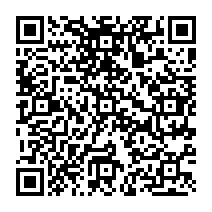



Addressing men’s mental health requires societal shifts, including open conversations, workplace policies, and accessible counselling. Tailored interventions, education, and inclusive environments can empower men to prioritise mental wellness, benefiting individuals and communities alike.
“Prunes Boost Men’s Health”
Prunes are nutrient-dense, offering vitamins K and B6, fiber, and manganese to support gut, bone, and heart health. During Men’s Health Week, the California Prune Board highlights research showing prunes reduce bone breakdown and improve cholesterol levels, particularly in men over 50.
Recognized by the UK Royal Osteoporosis Society for bone health, prunes are a versatile, fat-free snack. Dr. Annamaria Acquaviva emphasizes their role in preventing oxidative stress and inflammation, making them a simple yet powerful dietary addition.
Image Credits:
from Pixabay
The study, though limited by sample size, highlights potential neural mechanisms behind PE. Future research could explore causality and improve diagnostics by combining imaging with clinical measures.


NIH scientists found taurine, an amino acid, is unlikely to be a reliable aging biomarker. Blood samples from humans, monkeys, and mice showed taurine levels often increased or stayed stable with age, with individual variations outweighing age-related changes. Published in *Science*, the study suggests taurine’s impact depends on genetic and environmental factors.
While taurine supplementation extended lifespan in worms and mice, clinical benefits in humans remain unproven. Researchers analyzed cross-species data but found inconsistent links between taurine and health outcomes. Reliable aging biomarkers could improve personalized health strategies, emphasized NIA’s Luigi Ferrucci. The study was funded by NIA.
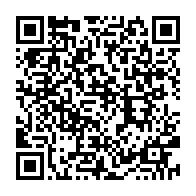
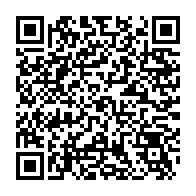

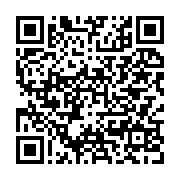
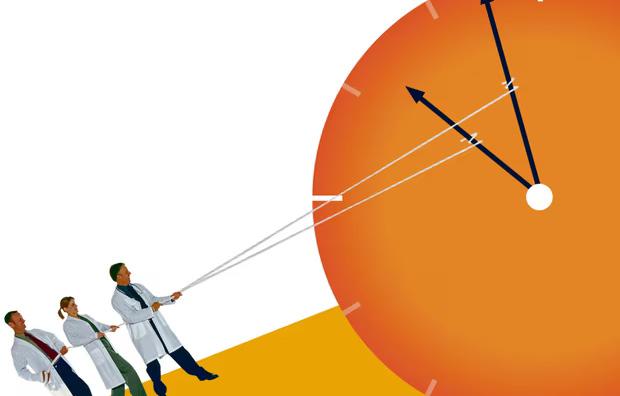
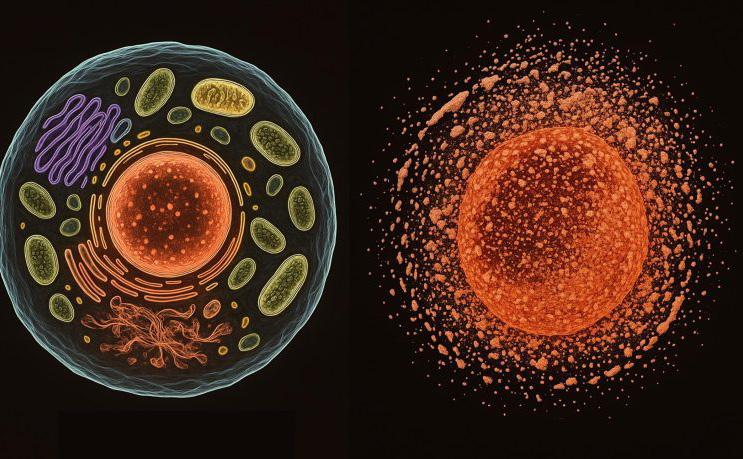
“Health Beyond Personal Responsibility”
Despite health trends encouraging personal optimisation, true longevity depends on where and how we live, not just individual habits. Life expectancy is declining in wealthy nations, while tech elites chase immortality. Yet, global health crises—rising obesity, mental illness, and pollution—persist.
Public health research shows places like Japan and Zurich thrive because health is built into daily life through public infrastructure and policy.
Health Matters honored Women’s Health Month by spotlighting expert tips on brain, skin, sleep, and bone health. Dr. Sonja Blum linked exercise to memory and hippocampal health, while Dr. Shari Lipner recommended a simple morning skincare routine: cleanse, vitamin C serum, and SPF. Dr. Mary Rosser advised on sleep disruptions during perimenopause, and Dr. Erica Eldon emphasized posture, strength training, and nutrition for bone health.
Courtney Allison e Angelique Serrano destacam: hábitos proativos fortalecem a saúde da mulher. Priorize-se todos os dias — mente, corpo e emoção.
“Necrosis: Key to Aging Intervention”
Necrosis, an uncontrolled form of cell death, triggers damaging inflammation and may underlie many chronic diseases and aging-related decline. A study by UCL, LinkGevity, and ESA highlights its overlooked role and potential as a treatment target, especially where calcium overload disrupts cells, causing tissue breakdown.
This process links to kidney disease, neurodegeneration, and even accelerated aging in space. Experts argue that halting necrosis could interrupt destructive cycles and enable tissue repair or regeneration—offering promising avenues for medicine and human spaceflight.

Thumb-to-Chest Gesture


A new study links chronic loneliness to internal traits like insecure attachment, neuroticism, and unclear self-concept. Secure attachment emerged as a key protective factor, while those prone to emotional suppression and withdrawal were more likely to feel socially disconnected. Cognitive-based therapies may offer better outcomes than increasing social contact alone.
Your signature is more than a name—it’s a reflection of identity. Using your full name can indicate confidence, accountability, and a thoughtful balance between tradition and individuality. It shows you’re intentional about how you’re perceived.
Stylistic choices like bold strokes, underlines, or decorative loops reveal deeper personality traits, from ambition to creativity. A clear, full-name signature sends a strong message of authenticity and self-awareness, making it a powerful symbol of your personal brand.
The thumb-to-chest gesture commonly signals self-identification, often used to convey “me” or “I did it.” It’s a fast and clear nonverbal cue that emphasizes ownership or personal involvement. Its meaning deepens depending on voice, facial expression, and context. A confident tone with upright posture implies pride, while a hesitant voice or surprised look may express uncertainty or guilt. This simple motion, though brief, powerfully reinforces a speaker’s intent.
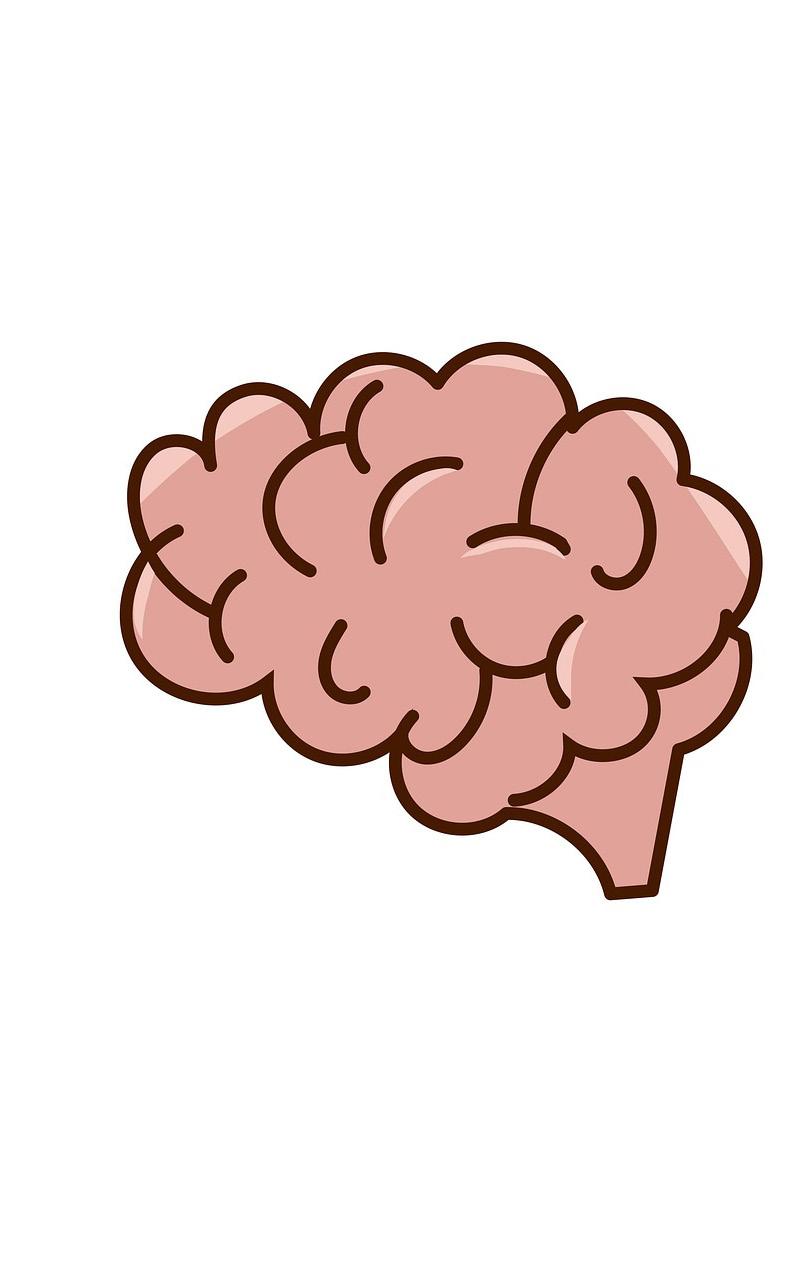

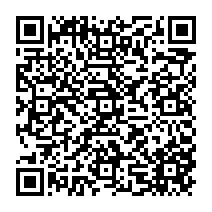
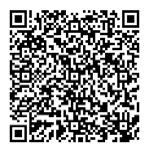
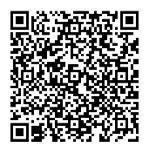

A recent study in the Journal of Affective Disorders found that cognitive flexibility and processing speed influence depression indirectly, through emotion regulation strategies like rumination. Using network analysis, the researchers showed that cognitive traits shape how people manage emotions, rather than impacting depression symptoms directly.
Rumination played a key role, acting as a bridge between cognitive traits and depressive symptoms. Cognitive flexibility had a larger overall impact than processing speed, suggesting it may be more effective for interventions. The study highlights the need for improved measurement tools and deeper network-based models in mental health research.


In Texas, a man named Jimmie Luecke carved his last name into the land so massively that it can be seen from space! The signature, spelled “LUECKE” with letters over 3 miles long, was created by clearing forested land on
his ranch. Originally intended for cattle grazing, this giant name later became a NASA landmark, used to calibrate satellite and shuttle cameras. It’s considered the largest signature on Earth— and yes, pilots can spot it from the sky!



June 6
Historical Events:
1944 – D-Day: Allied Invasion of Normandy: Operation Overlord commenced with Allied forces landing on the beaches of Normandy, France. This massive military operation was instrumental in liberating Western Europe from Nazi occupation during World War II.
1912 – Eruption of Novarupta Volcano: The Novarupta volcano in Alaska erupted, marking the largest volcanic eruption of the 20th century. The event had significant geological impacts and contributed to the study of volcanic activity.
Scientist Anniversaries:
1944 – Birth of Phillip Allen Sharp: American molecular biologist Phillip A. Sharp was born. He shared the 1993 Nobel Prize in Physiology or Medicine for his discoveries of split genes, enhancing the understanding of gene structure and function.
1850 – Birth of Karl Ferdinand Braun: German physicist Karl Ferdinand Braun was born. He shared the 1909 Nobel Prize in Physics with Guglielmo Marconi for their contributions to wireless telegraphy.
Scientific Discoveries:
1887 – Coca-Cola Trademark
Registered: John S. Pemberton’s Coca-Cola label was officially trademarked, marking a significant development in the commercialization of soft drinks and branding in the food industry.
June 7
Historical Events:
1975 – Launch of Sony’s Betamax: Sony introduced the Betamax videocassette recorder, marking a significant advancement in home entertainment technolo-
gy and setting the stage for the home video revolution.
1981 – Operation Opera: The Israeli Air Force conducted a preemptive strike, destroying Iraq’s Osiraq nuclear reactor to prevent the development of nuclear weapons. This operation had profound implications for international relations and non-proliferation efforts.
Scientist Anniversaries:
1909 – Birth of Virginia Apgar: An American physician and medical researcher, Apgar developed the Apgar Score, a quick and simple way to assess the health of newborns immediately after birth, revolutionizing neonatal care.
1928 – Birth of Bernard F. Burke: An American astronomer who co-discovered that Jupiter emits radio waves, contributing significantly to the field of radio astronomy.
Scientific Discoveries:
1991 – Eruption of Mount Pinatubo: The Philippine volcano began erupting, leading to one of the largest volcanic eruptions of the 20th century. The event had significant climatic effects, including global temperature decreases.
June 8
Historical Events:
1906 – Signing of the Antiquities Act: U.S. President Theodore Roosevelt signed the Antiquities Act into law, allowing presidents to designate national monuments, a pivotal moment in conservation history.
1992 – First World Oceans Day Celebrated: Coinciding with the Earth Summit in Rio de Janeiro, this day was established to raise awareness about the crucial role oceans play in our lives and the need for their protection.
Scientist Anniversaries:
1625 – Birth of Giovanni Domenico Cassini: An Italian astronomer known for discovering four of Saturn’s moons and the Cassini Division in Saturn’s rings.
1916 – Birth of Francis Crick: An English molecular biologist who co-discovered the double helix structure of DNA, earning the Nobel Prize in Physiology or Medicine in 1962.
1955 – Birth of Tim Berners-Lee: A British computer scientist who invented the World Wide Web, revolutionizing information sharing and communication.
Scientific Discoveries:
1869 – Patent for Carpet Sweeping Machine: Ives McGaffey received the first patent for a device designed to clean rugs, an early precursor to the modern vacuum cleaner.
2025 – Announcement of AI-Focused Supercomputer ‘Doudna’: The U.S. Department of Energy announced plans to construct a new supercomputer named ‘Doudna’ in honor of Nobel laureate Jennifer Doudna. This system aims to advance research in energy, artificial intelligence, and physics.
June 9
Historical Events:
1973 – Secretariat Wins Triple Crown: The racehorse Secretariat won the Belmont Stakes by an unprecedented 31 lengths, securing the Triple Crown and setting a record time that still stands.
1986 – Rogers Commission Report Released: The commission investigating the Challenger disaster released its report, criticizing NASA’s management and decision-making processes, leading to significant changes in the space program.
Scientist Anniversaries:
1875 – Birth of Henry Hallett Dale: An English pharmacologist and physiologist who discovered the neurotransmitter acetylcholine and shared the Nobel Prize in Physiology or Medicine in 1936.
Scientific Discoveries:
1903 – Establishment of the First Institute of Inorganic Chemistry in Germany: Gustav Tammann founded this institute, marking a significant development in the field of inorganic chemistry and the study of metals and alloys.
June 10
Historical Events:
2018 – Opportunity Rover Sends Final Message from Mars: NASA’s Opportunity rover transmitted its last message from the Martian surface, concluding a mission that lasted over 14 years—far exceeding its original three-month timeframe. During its operational time, Opportunity traversed more than 28 miles (45 kilometers) and significantly contributed to our understanding of Martian geology.
1752 – Benjamin Franklin’s Kite Experiment: Benjamin Franklin conducted his famous experiment by flying a kite during a thunderstorm to demonstrate the electrical nature of lightning. This pivotal moment in science helped establish the connection between lightning and electricity.
Scientist Anniversaries:
1706 – Birth of John Dollond: An English optician known for his work in improving telescope lenses and for patenting the achromatic lens, which significantly reduced chromatic aberration in optical instruments.
1710 – Birth of James Short: A Scottish mathematician and optician recognized for his advancements in telescope design, particularly the construction of
Gregorian reflecting telescopes.
1803 – Birth of Henry Darcy: A French scientist and engineer who formulated Darcy’s law, describing the flow of fluids through porous media, foundational in hydrogeology and civil engineering.
1836 – Death of André-Marie Ampère: A French physicist and mathematician, one of the founders of classical electromagnetism, after whom the unit of electric current, the ampere, is named.
Scientific Discoveries:
1730s – Discovery of Achromatic Lens Principle: Chester More Hall discovered that combining lenses made of flint and crown glass could correct chromatic aberration in telescopes. This principle was later utilized and improved upon by John Dollond in the 1750s.
June 11
Historical Events:
1963 – Desegregation of the University of Alabama: Vivian Malone and James Hood became the first Black students to enroll at the University of Alabama, overcoming initial opposition from Governor George Wallace, who eventually stepped aside following orders from the National Guard.
2009 – WHO Declares Swine Flu Pandemic: The World Health Organization declared the H1N1 influenza outbreak a global pandemic, the first such declaration in 41 years, highlighting the rapid spread and global impact of the virus.
Scientist Anniversaries:
1842 – Birth of Carl von Linde: A German engineer and physicist who developed a continuous process of liquefying gases, leading to advancements in refrigeration and the industrial production of gases.
1867 – Birth of Charles Fabry: A French physicist who discovered the ozone layer in the Earth’s upper atmosphere, contributing significantly to atmospheric science.
1910 – Birth of Jacques-Yves Cousteau: A French oceanographer, filmmaker, and inventor who co-developed the Aqua-Lung, pioneering scuba diving and marine conservation efforts.
Scientific Discoveries:
1935 – First Public Demonstration of FM Broadcasting: Inventor Edwin Armstrong gave the first public demonstration of frequency modulation (FM) broadcasting in Alpine, New Jersey, showcasing improved sound quality over AM radio.
2008 – Launch of Fermi Gamma-ray Space Telescope: NASA launched the Fermi Gamma-ray Space Telescope to study high-energy phenomena in the universe, such as black holes and neutron stars, marking a significant advancement in astrophysics.
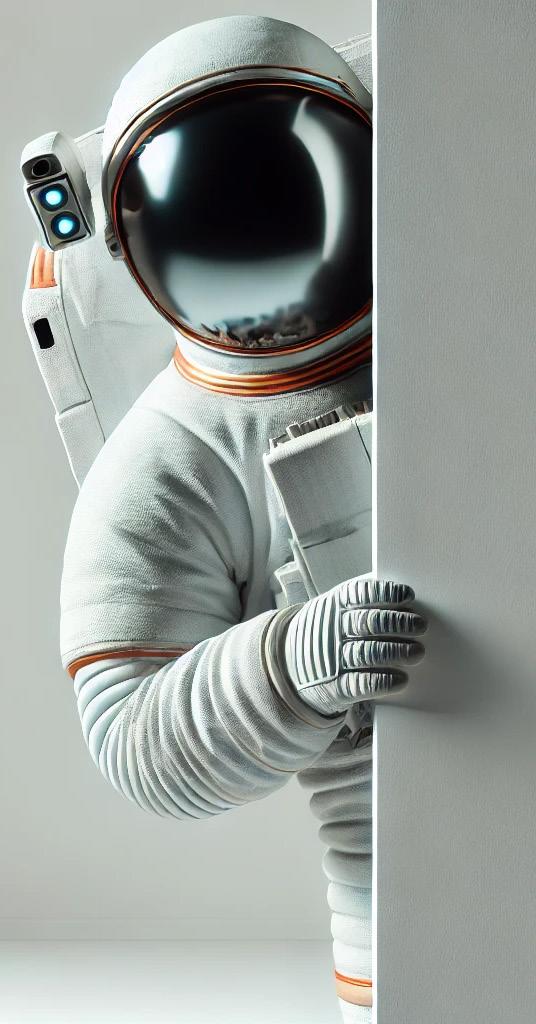


New research led by Ateneo de Manila University reveals that Southeast Asia was a hub of seafaring innovation 40,000 years ago. Stone tools and marine remains from sites in the Philippines, Indonesia, and Timor-Leste suggest advanced boatbuilding, rope-making, and open-sea fishing, rivaling much later civilizations.
Contrary to older theories of passive sea drift, the evidence points to skilled navigators using plantbased technology for deliberate maritime travel. This positions early Southeast Asians as pioneers in prehistoric seafaring, reshaping our understanding of human migration and technological development in the Paleolithic era.
A new Science study reveals birds were nesting in the Arctic 73 million years ago—earlier than previously known. Lauren Wilson and her team discovered tiny hatchling bones in Alaska’s Prince Creek Formation, including species like diving and gull-like birds. These fossils, possibly belonging to Neornithes, may be the oldest modern bird remains ever found. The rare preservation and detailed excavation techniques used offer fresh insight into polar ecosystems during the dinosaur era.
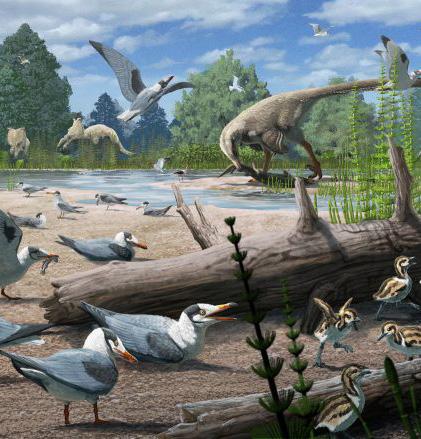
Bioarchaeological research at Tiszafüred-Majoroshalom reveals major cultural and lifestyle changes around 1500 BC, marking the shift from Füzesabony to Tumulus culture. Diets became less diverse, broomcorn millet was introduced, and mobility declined, with fewer and more distant immigrants.
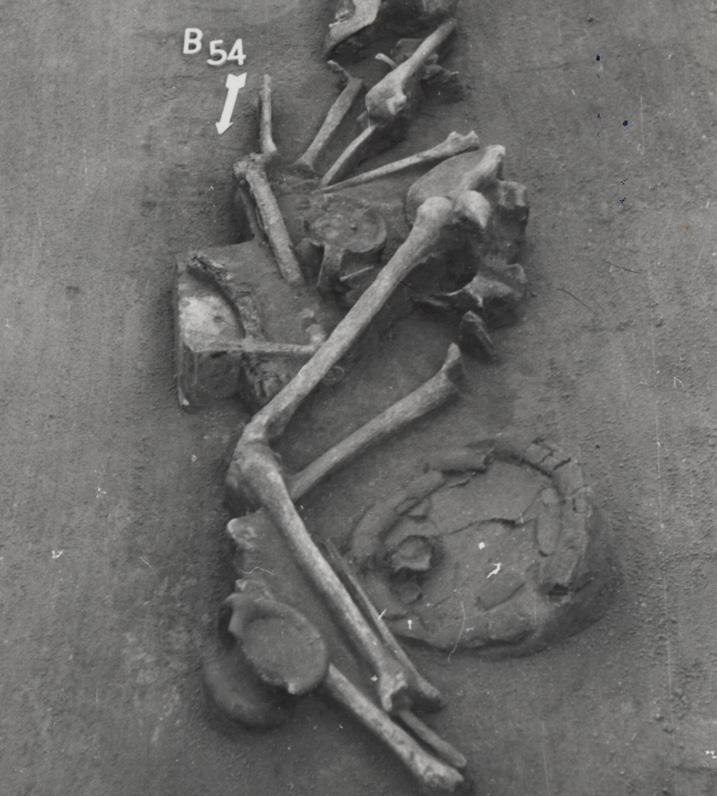
A 4,000 m² Roman villa Uncovered
Archaeologists have uncovered a 4,000 m² Roman villa near Auxerre, confirming it as one of the largest Gallo-Roman residences found in France. The site, featuring a central garden, bath complexes, and porticoed galleries, reveals the opulence of elite rural life in ancient Gaul.
Led by the French Ministry of Culture, the excavation highlights architectural links to the urban rise of Autessiodurum. With ongoing research and public tours planned for June 15, the Sainte-Nitasse villa is set to become a key site for understanding Roman influence in provincial France.
Image Credits: Ch. Fouquin, Inrap
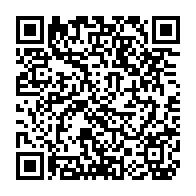
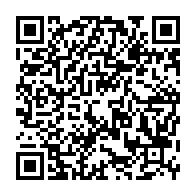

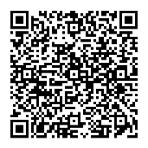

Image Credits: NASA_JPL-Caltech
NASA’s Mars Odyssey has revealed Arsia Mons towering above morning clouds, marking a new focus on Mars’ upper atmosphere. Using its THEMIS camera, the orbiter captures rare horizon views that expose seasonal patterns in water ice and dust layers.
Launched in 2001, Odyssey remains vital to Mars exploration. Its images help scientists study weather patterns and subsurface water ice—key for future missions. The volcano, part of Tharsis Montes, is Mars’ cloudiest, with formations thickest during aphelion. This new perspective is reshaping our understanding of the Red Planet’s dynamic climate.
NASA’s Perseverance
Credits: NASA_JPL-Caltech
NASA’s Perseverance rover uses a maze-like calibration target for its SHERLOC instrument, which detects signs of ancient life using Raman and fluorescence spectroscopy. The maze helps fine-tune laser focus and alignment with micron-level precision, thanks to distinct materials like chrome on silica and even a tiny Sherlock Holmes silhouette.
Alongside the maze are reference materials like Martian meteorite SaU008 and spacesuit fabrics (Kevlar, Teflon, Gore-Tex), all tested under Mars conditions. These not only ensure SHERLOC’s accuracy but also support future astronaut safety and exploration on the Red Planet.
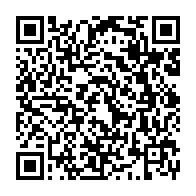
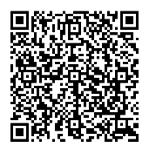
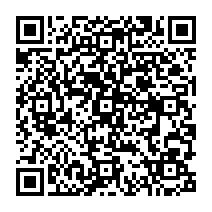
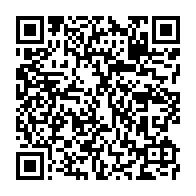

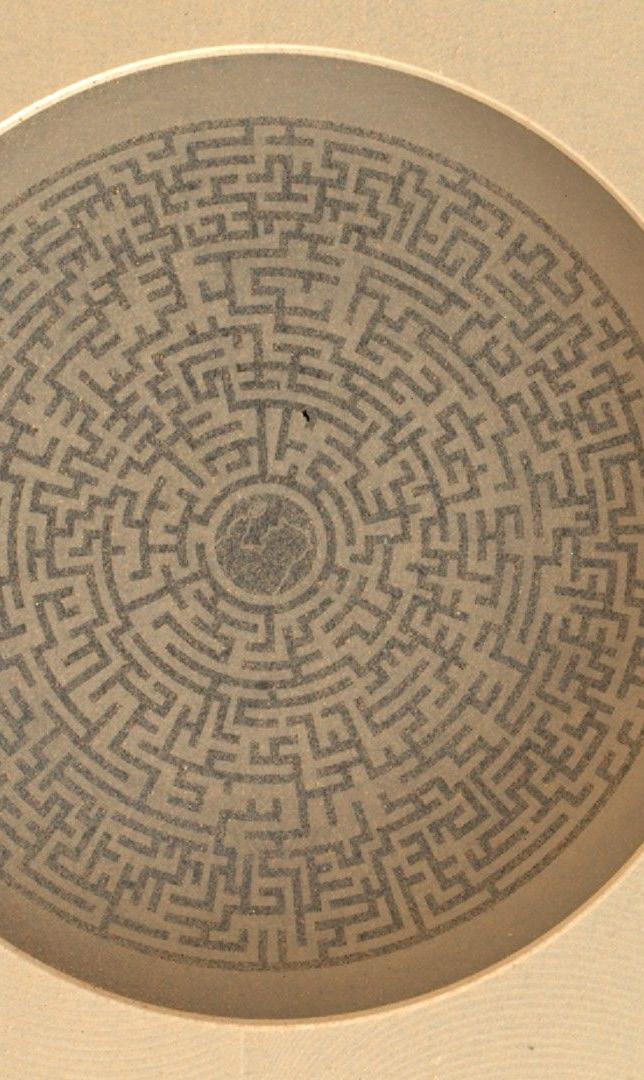


Image Credits: SciTechDaily.com
“Ancient Galaxy Rewrites Cosmic History”
Astronomers have discovered J0107a, an 11.1-billion-year-old barred spiral galaxy with unprecedented gas dynamics and star formation. This “monster galaxy,” observed using ALMA and the James Webb Space Telescope, challenges existing models of galactic evolution.
The study reveals extreme gas concentrations and rapid inflows, fueling intense star formation. These findings offer new insights into how barred spirals, like the Milky Way, formed in the early Universe.
“Sharpest Sun Images Revealed”
The NSF’s Daniel K. Inouye Solar Telescope has captured the sharpest-ever images of the sun’s surface, revealing ultra-fine photospheric striations. These patterns, caused by magnetic field variations, were studied at an unprecedented resolution of 20 kilometers, according to NSO scientist David Kuridze.
The striations, visible along solar granules, result from shifting magnetic fields that alter light brightness. Detected by the telescope’s VBI in the G-band, they provide new insights into solar plasma dynamics.
Image Credits: NSF_NSO_AURA
“Cooling Boosts Solar Efficiency”
Researchers at KAUST developed a passive cooling composite for solar panels, boosting power output by 12.9% and extending lifespan by over 200%. The material, made from lithium chloride and sodium polyacrylate, absorbs and releases moisture without energy consumption, offering a cost-effective solution.
Field tests in Saudi Arabia and the U.S. confirmed its effectiveness, with panels running 9.4°C cooler and reducing electricity costs by 20%. KAUST Professors Qiaoqiang Gan and Stefaan De Wolf highlighted the technology’s versatility across climates and high-performance solar cells.

Image Credits: Heno Hwang (KAUST)

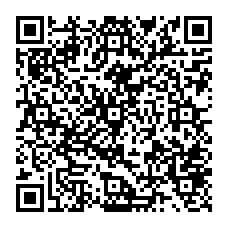

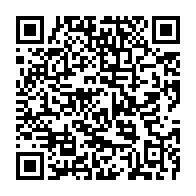
“Advancing Lab Automation Together”
Image Credits: Mettler-Toledo Interna-
The METTLER TOLEDO and ABB collaboration enhances lab automation, integrating LabX software with ABB’s cobots for improved traceability, productivity, and data management. This solution addresses labor shortages and workflow complexity across pharmaceuticals, chemicals, food and beverage, semiconductors, and battery industries.
ABB and LabX combine precision and data control to boost lab efficiency and accuracy. Their innovations will be showcased at SLAS2024, supporting ABB’s global automation strategy.

“Secure Your Android Device Properly”
Android offers extensive customization, but default security settings can leave users vulnerable. Key steps include restricting app permissions, disabling **Extend Unlock**, and hiding sensitive lock screen notifications via **Settings > Notifications**.
Additionally, limit location access to essential apps and turn off ad personalization in **Google Ad Settings**. These adjustments strengthen privacy without sacrificing functionality. Stay proactive to minimize risks.
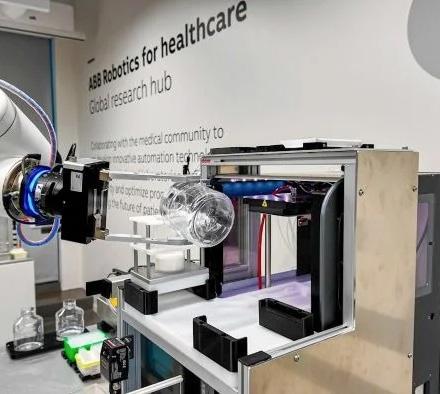
“Seawater-to-Hydrogen Breakthrough Enables Scalability”
Researchers at the University of Sharjah have developed a corrosion-resistant electrode that produces hydrogen directly from seawater, eliminating the need for desalination. Their multilayered design achieves industrial-scale efficiency (1 A cm�� ², 98% Faradaic efficiency) and operates stably for 300 hours, making it ideal for arid coastal regions.
Dr. Tanveer Ul Haq’s team will pilot solar-powered hydrogen from seawater—a step toward large-scale clean energy.


All rockets take off; not all rockets land. Named after astronaut Alan Shepard, the first American in space, New Shepard is Blue Origin’s fully reusable, suborbital rocket system built for human flight from the beginning. During the 11-minute journey, astronauts soar past the Kármán line (100 km/62 miles), the internationally recognized boundary of space, experiencing several minutes of weightlessness and witnessing life-changing views of Earth. The vehicle is fully autonomous—there are no pilots.
Learn more

At the dawn of the 1990s, humanity embarked on a mission so bold it sounded like science fiction: to decode every genetic letter that makes a human who they are. The Human Genome Project (HGP) aimed to read the 3.2 billion chemical base pairs that make up human DNA, essentially cracking the code of life itself.
This enormous international effort, involving governments, universities, and private companies across the globe, was a colossal technical and logistical feat. By April 2003, scientists announced completion of the first human genome draft, two years early and under budget—an impressive feat that revolutionized biology and medicine forever.
But finishing the sequence was just the beginning. Understanding how to read this instruction manual, written in a language with four “letters” (A, T, C, G), is an ongoing adventure packed with surprises and paradoxes. Far from a simple blueprint, our genome is a dynamic, complex network of coding and noncoding regions, riddled with evolutionary relics, regulatory switches, and cryptic messages we’re only beginning to understand.
Genes: Fewer, More Complex, and Wildly Versatile Early guesses suggested humans might have 100,000 or more genes— turns out, we have about 20,000 to 25,000 protein-coding genes, barely more than a worm. This was a major surprise,
dashing the idea that sheer gene number explains our complexity. Instead, what sets us apart is gene regulation—how, when, and where genes are turned on or off. This regulation creates an astonishing diversity of cells from the same DNA. For example, your liver cell and brain cell contain the same genome but express completely different subsets of genes, leading to their distinct functions.
One gene often makes multiple proteins through alternative splicing, a process akin to film editing where different “scenes” (exons) are included or excluded. The brain alone uses alternative splicing to generate enormous protein diversity, which might explain the complexity of cognition and memory.
Then, there are the epigenetic marks—chemical tags like methyl groups— that act like post-it notes on DNA, influencing gene activity without changing the sequence. These marks can be influenced by diet, stress, and environment, and intriguingly, some can be inherited across generations, adding another layer of complexity.
Before the HGP, over 98% of our DNA was dismissed as “junk.” Now, it’s clear that much of this noncoding DNA plays critical roles in controlling gene expression, genome structure, and chromosomal stability.
Within this vast expanse lurk enhancers, silencers, and insulators—regulatory elements that finetune gene activity. They work like a vast, invisible
orchestra conductor ensuring genes play their part in harmony.
Interestingly, our genome carries remnants of ancient viruses called endogenous retroviruses—viral DNA that once invaded germline cells and got permanently embedded. Some of these viral genes have been repurposed by evolution to aid functions like placenta formation in mammals, showing how “junk” can become treasure.
Additionally, transposable elements or “jumping genes” discovered by Barbara McClintock, can move around the genome and impact gene regulation and evolution. These mobile DNA segments have shaped our genome more than any single process.
The Genomic Revolution in Medicine
The promise of the HGP was personalized medicine, and that promise is steadily becoming reality. By understanding genetic risk factors, doctors can predict and prevent disease better than ever before.
Genetic screening for BRCA1 and BRCA2 mutations has saved countless lives by identifying women at high risk for breast and ovarian cancer early, enabling preventative measures. Pharmacogenomics—the study of how genes affect drug response—is helping tailor treatments to individuals, minimizing adverse effects and improving efficacy.
One of the most dazzling medical applications is gene therapy, where faulty genes are replaced or repaired. The FDA has approved therapies for

rare diseases like spinal muscular atrophy and certain inherited retinal diseases, transforming what was once impossible.
The rise of liquid biopsies, which detect tumor DNA in blood, and polygenic risk scores that combine multiple genetic variants to assess disease risk, hint at a future where regular health monitoring via genomics becomes routine.
CRISPR and Beyond: Editing the Blueprint
While the HGP gave us the instruction manual, the discovery of CRISPR-Cas9 technology gave us scissors to edit it. Originally a bacterial immune defense, CRISPR now enables precise gene editing to correct mutations, add new traits, or remove harmful DNA.
CRISPR’s potential spans from curing genetic diseases to agriculture (engineering crops that withstand climate

change) to ecological interventions (altering mosquito genomes to reduce malaria). Yet, it also raises thorny ethical questions about gene editing in human embryos and the prospect of “designer babies.”
Beyond CRISPR, newer technologies like prime editing and base editing promise even more precise and safer genome modifications, expanding the toolkit for future therapies.
Genetic and Environmental Tango: GxE Interactions
Our traits are not just genes or environment, but a dynamic interplay called gene-environment interactions (GxE). For example, certain gene variants may predispose individuals to depression, but only if triggered by stress.
Similarly, genetics influences how people metabolize foods or respond
to toxins, shaping disease susceptibility and health outcomes. This realization is key to understanding why the same diet or drug may work wonders for one person but fail for another.
Behavioral genetics has also evolved—complex traits like intelligence, personality, and even political beliefs have genetic components, but always in complex interaction with environment and culture. Nature and nurture team up in mysterious ways.
The initial HGP reference genome was based mostly on a handful of individuals, mainly of European descent. This limited representation missed vast genetic diversity existing worldwide.
Enter the Human Pangenome Project, an effort to build a more complete, diverse reference genome reflecting global human variation. This is critical for equitable medicine and understanding genetic contributions to disease across populations.
The pangenome includes structural variations—big insertions, deletions, duplications—that were previously missed. These variations can have outsized effects on health and evolution but require advanced sequencing methods like long-read sequencing (PacBio, Oxford Nanopore) for detection.
Beyond Humans: Genomics Everywhere
Genomic technology isn’t just transforming human biology. In agriculture, genomic selection
accelerates breeding of drought-resistant, highyield crops essential for food security.
In conservation, genomics helps track endangered species, combat poaching, and guide reintroduction efforts. Scientists sequence microbial genomes from soil and ocean samples in metagenomics studies, revealing astonishing microbial diversity critical to ecosystem health and carbon cycling.
In synthetic biology, researchers are designing entirely new genomes from scratch, creating microbes that can produce biofuels, medicines, or degrade pollutants, hinting at a future where biology and engineering merge.
The Continuing Journey: Multi-omics and Systems Biology
The genome is just the starting point. Modern biology integrates multiple layers of information:
• The transcriptome: all RNA molecules transcribed from DNA
• The proteome: all proteins produced, their modifications and interactions
• The epigenome: chemical marks that regulate gene activity
• The metabolome: the full set of small molecules and metabolites in cells
This multi-omics approach, combined with powerful computational tools and AI, aims to map biological systems as complex, dynamic networks rather than linear pathways. Such systems biology is key to understanding diseases like cancer and neurodegen-
eration.
Fun Genomic Facts to Impress Your Friends
• Humans share roughly 60% of their genes with bananas and about 98.8% with chimpanzees, our closest living relatives.
• About 1-2% of the human genome is unique to our species.
• Every person carries about 60 new mutations not found in their parents’ genomes.
• The largest human gene, TTN, encodes a protein essential for muscle function and has 364 exons—imagine reading a book with 364 chapters just for one gene!
Wrapping Up: The Genome’s Unfinished Symphony
The Human Genome Project was a milestone, not a finish line. It opened the floodgates to a genomic era where understanding and manipulating DNA impacts every facet of life.
From curing genetic diseases to exploring human history, biodiversity, and even what it means to be human, the genome continues to surprise and inspire. With each new discovery, we realize how intricate, elegant, and sometimes downright weird our biological code truly is.
So next time you look in the mirror, remember: you are the product of billions of years of evolutionary fine-tuning, encoded in a microscopic script still being deciphered, one letter at a time.
“Addressing Childhood Jealousy Constructively”
A mother expressed concern about her seven-year-old’s jealousy, noting he takes toys from others and upsets his five-year-old brother. She worries this could have long-term effects and seeks advice on whether it’s a passing phase.
Family psychotherapist Joanna Fortune advised proactive guidance, suggesting life changes may trigger such behavior. She recommended one-on-one time to address underlying fears while setting firm boundaries. If unresolved, play therapy could help.
“Raise Kids Who Help Out”
Teaching kids chores early fosters independence, says Rochelle Richardson, a Licensed Professional Counselor. Toddlers can start with simple tasks, and modeling behavior works better than commands. Avoid tying chores to allowances—focus on building life skills like cleaning and laundry.

“Future-Proof Your Love Right”
Finding lasting love requires authenticity and courage—knowing your needs and refusing to settle. Bumble’s 2025 report shows singles are prioritizing stability, with 2 in 3 women valuing honesty and shared values over short-term sparks. Early conversations about core beliefs and future concerns help “future-proof” relationships. Consistency matters just as much as compatibility. Research reveals that 59% of women seek emotionally dependable partners who communicate openly and follow through.


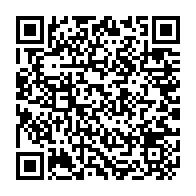
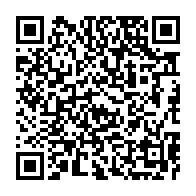
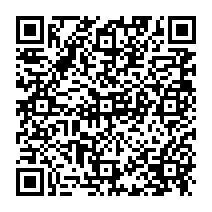
“Love at Thirty Thousand Feet”
Airports, with their mix of stress and spontaneity, are unexpected hubs for romance. Studies show two couples meet per flight, and travelers often flirt or swap numbers mid-journey. Psychologists attribute this to “misattribution of arousal”—travel’s excitement heightens emotional openness, making strangers more appealing.
Though modern dating leans digital, airports force screen-free moments, fostering real-world connections.



It’s not too late to start investing in your 60s. Open a retirement account now, set up recurring contributions, and use a smart asset allocation strategy based on when you’ll need the money. Take advantage of catch-up contributions and tax deductions.
Look for forgotten 401(k)s, unclaimed funds, or valuable items to sell—but never invest your Social Security. Delay those benefits to get the most value. Even a late start can lead to financial security if you act today and stick to your plan.
Toast, Palantir, Shopify, JPMorgan Chase, and EQT stand out for strong earnings, price action, and institutional support. Toast and Palantir both boast perfect Composite Ratings, with Toast gaining nearly 21% and Palantir 69% in 2025.
Shopify nears a buy point with solid earnings growth, JPMorgan rises with sector momentum, and EQT shows leadership in energy. All five fit the IBD criteria and are worth close attention in today’s market.
Bitcoin has gained institutional acceptance, clearer regulation, and mainstream traction, prompting fresh investor interest. Experts recommend small, diversified crypto allocations — ideally via SEC-regulated ETFs — while warning about high volatility, scams, and shifting market conditions.


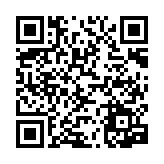
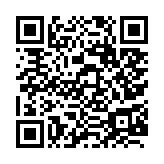


AI is reshaping finance across intermediation, markets, and governance, enhancing efficiency but creating risks in fairness, systemic stability, and regulation. The seventh report in The Future of Banking explores AI’s impact on credit, trading, and corporate finance, emphasizing both opportunities and challenges. While AI improves credit scoring and market forecasting, it introduces risks such as algorithmic bias, model opacity, and systemic vulnerabilities.


Standing calf raises strengthen the gastrocnemius and soleus muscles, critical for balance, mobility, and fall prevention after 60. These muscles stabilize movement and improve circulation and bone health in the lower legs. Perform the exercise near support, lifting heels slowly with engaged core, holding briefly, and lowering with control. Begin with 10-15 reps, progressing to weights or single-leg raises. Proper form and consistency build strength and reduce fall risks safely.
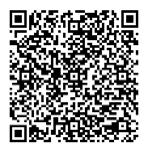
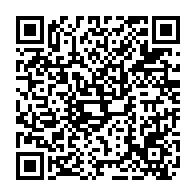
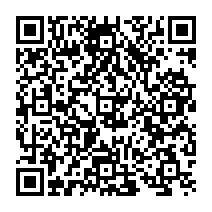
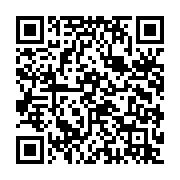
FIRE means financial independence to retire early by saving enough to cover expenses, usually 25 times annual costs. LeanFIRE is minimalist, covering essential expenses, while Traditional FIRE balances comfort and flexibility with $1–2 million saved. ChubbyFIRE allows moderate spending now and later, and FatFIRE supports a luxury lifestyle requiring significant savings.
Choosing your FIRE level involves tracking expenses, assessing risk, and aligning finances with lifestyle goals. Testing spending habits before upgrading helps confirm readiness and portfolio strength.
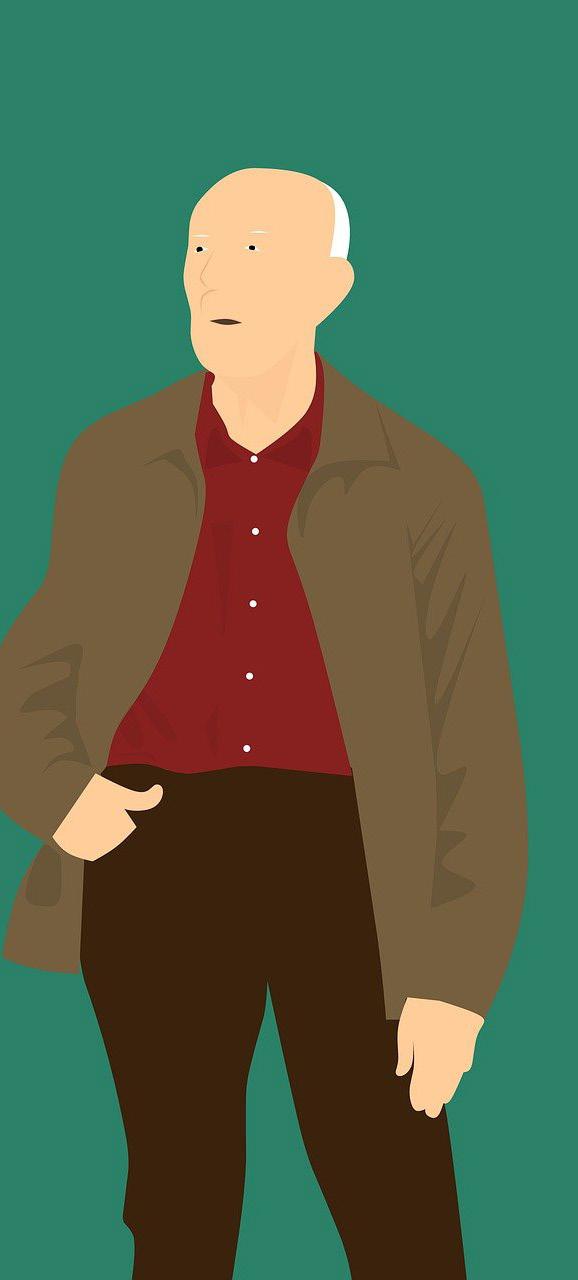

Retirement planning is highly individual, involving decisions about when to retire, income needs, and legacy goals. Assess your lifestyle and expenses, then identify income sources like Social Security and pensions.
Careful withdrawal strategies and diversified income-producing investments help prevent running out of money. Working with a financial professional ensures your plan fits your unique situation and supports a secure retirement.

Volatile markets can be nerve-wracking near retirement, but history shows recovery is possible. Avoid staying fully in cash, as missing market rebounds reduces returns. Gradually reinvest using set time frames like three to nine months, ensuring cash earns competitive interest. Evaluate risk tolerance and capacity, adjusting stock exposure if needed. Organize cash reserves by short- and longterm needs, investing money not needed before 2027. Regularly review your plan to stay aligned with retirement goals.
Get in touch and subscribe! https://www.scitke.com https://www.instagram.com/sci_tke/ https://www.linkedin.com/company/scitke-llc?trk=organization_guest_main-feed-card_ feed-actor-name
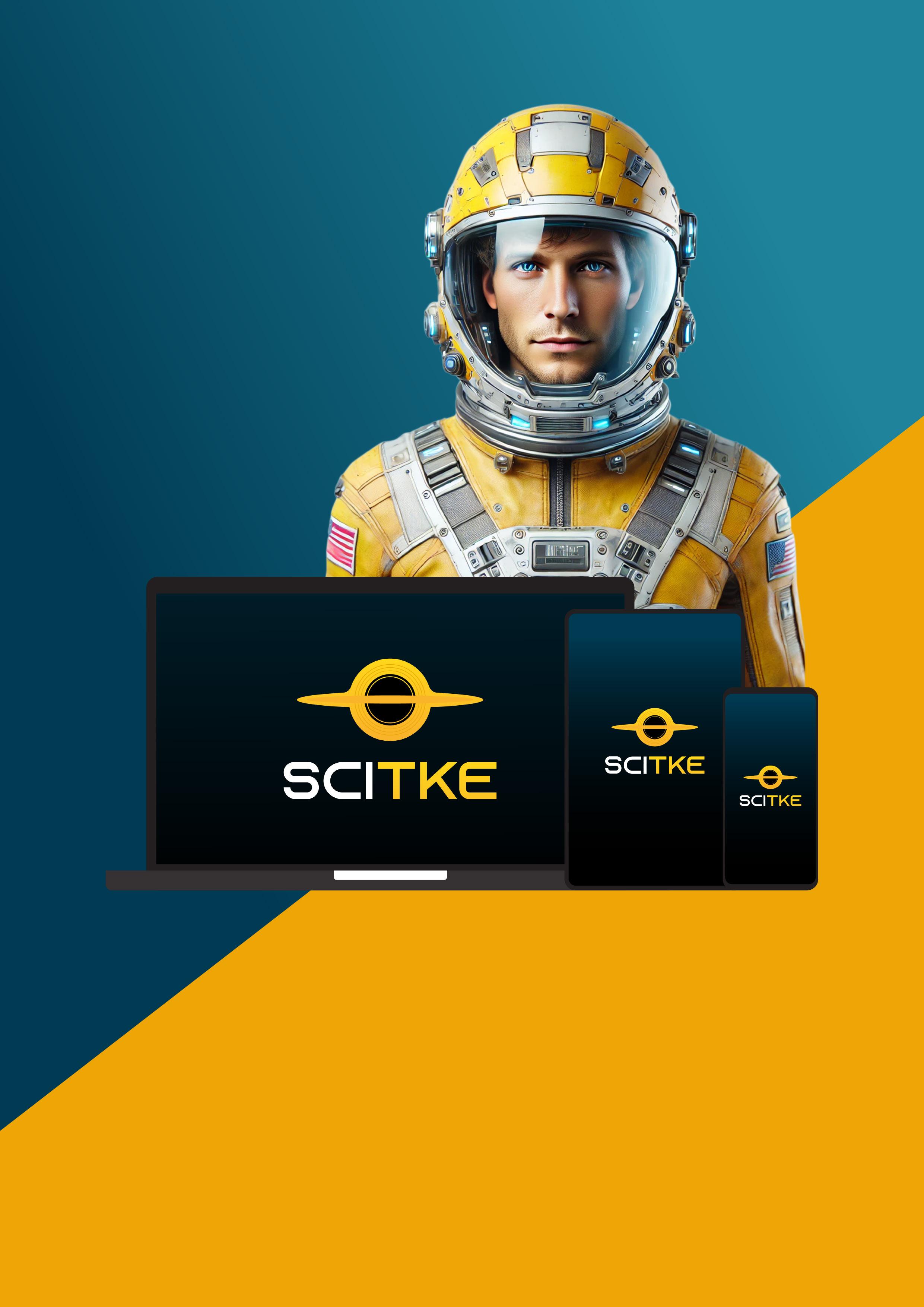

Click on the link below to join our Whatsapp Community! https://chat.whatsapp.com/ Igruy8FOHkdBAKIyV4Svot


The famed monster hunter is sent to Transylvania to stop Count Dracula, who is using Dr. Frankenstein’s research and a werewolf for nefarious purposes.
Watch Here

International Conference on Applied Science Mathematics and Statistics - 2025-07-17 - Hawaii, Hawaii, USA
International Conference On Electrical and Electronics Engineering2027-07-07 - Amsterdam, Netherlands
International Academic Conference on Development in Science and Technology - 2026-07-24 - Rio de Janeiro, Brazil
International Conference on Research in Science, Engineering and Technology - 2027-07-24 - Seoul, South Korea

Information Officer - AI Engineer (Associate IT Officer, Architecture)Washington DC (United States)
Senior Information Security Consultant - London (United Kingdom)
Virtual Counselor - AVRR (Office Based) - Brasilia (Brazil)
International Consultant : Digital and Social Media, 3 mois, Kinshasa - RDCongo - Kinshasa (Democratic Republic of the Congo)
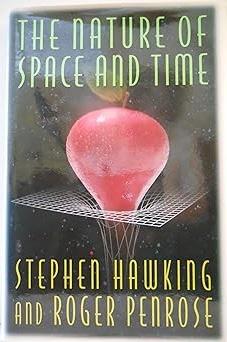
From two of the world’s great physicists― Stephen Hawking and Nobel laureate Roger Penrose―a lively debate about the nature of space and time
Einstein said that the most incomprehensible thing about the universe is that it is comprehensible. But was he right? Can the quantum theory of fields and Einstein’s general theory of relativity, the two most accurate and successful theories in all of physics, be united in a single quantum theory of gravity? Can quantum and cosmos ever be combined?
On this issue, two of the world’s most famous physicists―Stephen Hawking (A Brief History of Time) and Roger Penrose (The Emperor’s New Mind and Shadows of the Mind)―disagree. Here they explain their positions in a work based on six lectures with a final debate, all originally presented at the Isaac Newton Institute for Mathematical Sciences at the University of Cambridge.
Buy now Recommendations
Artificial Intelligence: Human advantage, not replacement - Hindustan Times
No More Needles: This New Device Detects Health Risks From Thin Air
How to Detect AI Writing: Tips and Tricks to Tell if Something Is Written With AI - CNET
These Common Foods Can Slow Aging Naturally, According to Scientists
Watch: Samsung’s Next-Gen OLED Display Changes EVERYTHING! | Tom’s Guide
EV concept cars at CES 2020empty promises?
Verbal abuse changes how children’s brains develop, increasing risk of anxiety and depression

Chef Graphic Designer: Salomão André
Assistant Designers: Maria Bartolomeu Valeriano Ndeyi
Content Manager: Leandro Conceição,
Business Inquery:
Chief Editor: Marcílio M. dos Santos
Writing Contributors:
Eduardo Paulo, Valeriano Ndeyi, Cumbo Sumbo, Leandro Conceição, Ana Kiesse, Ana Manuel, Evelina Jeremias, Ngoma Manuel, Jorge Paka, Samilton dos Santos.
